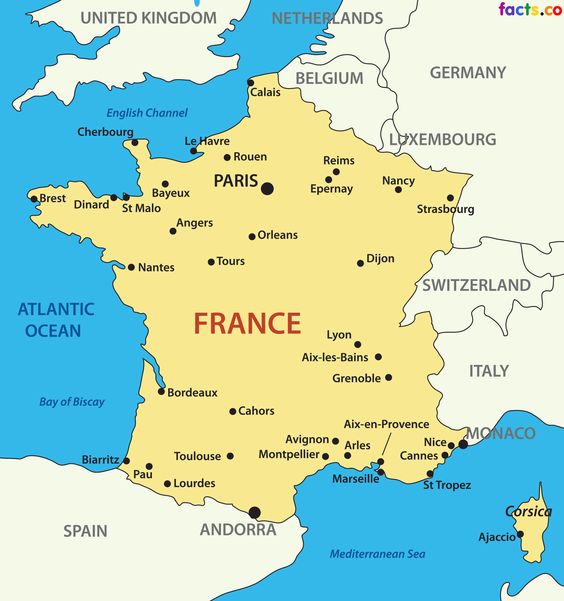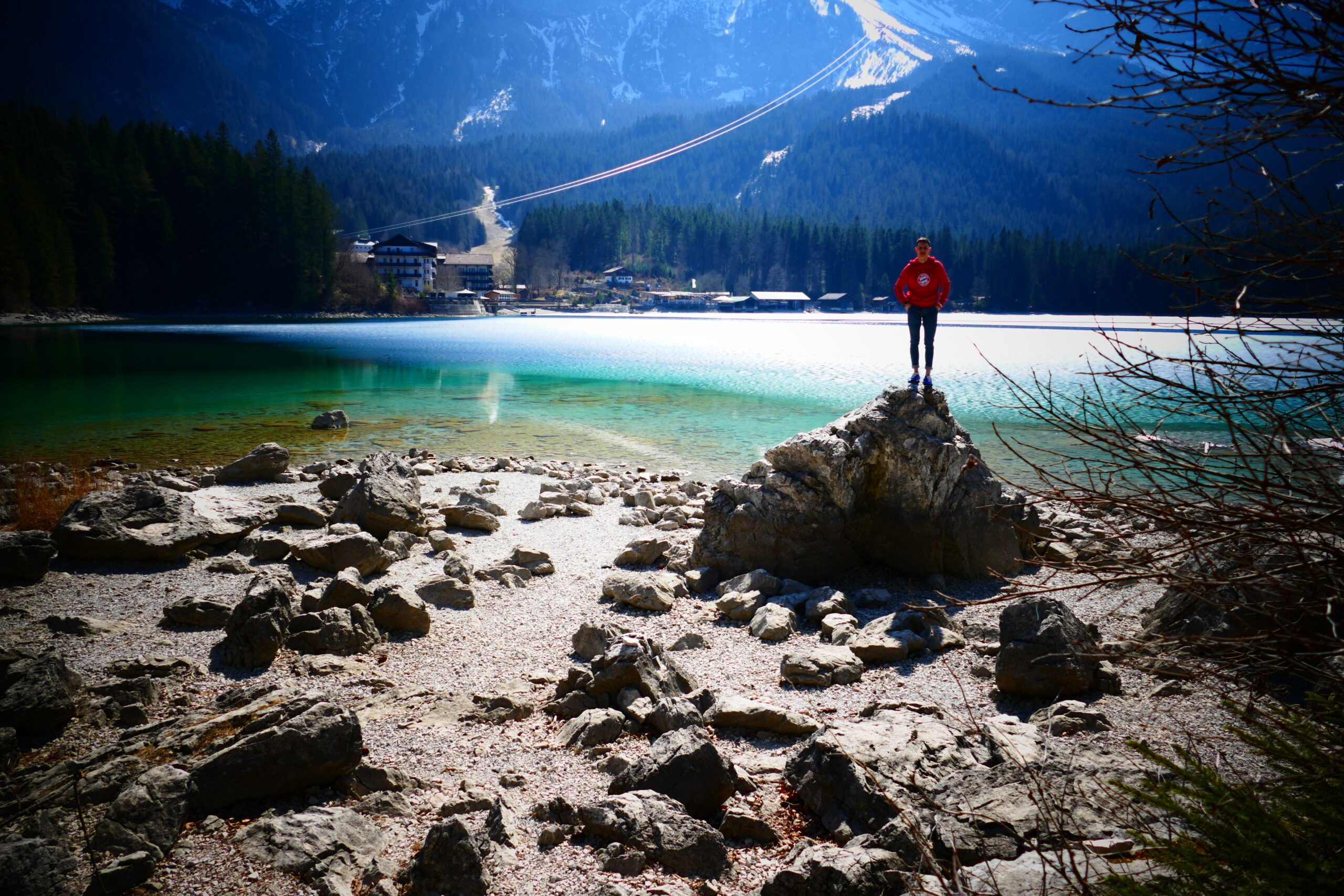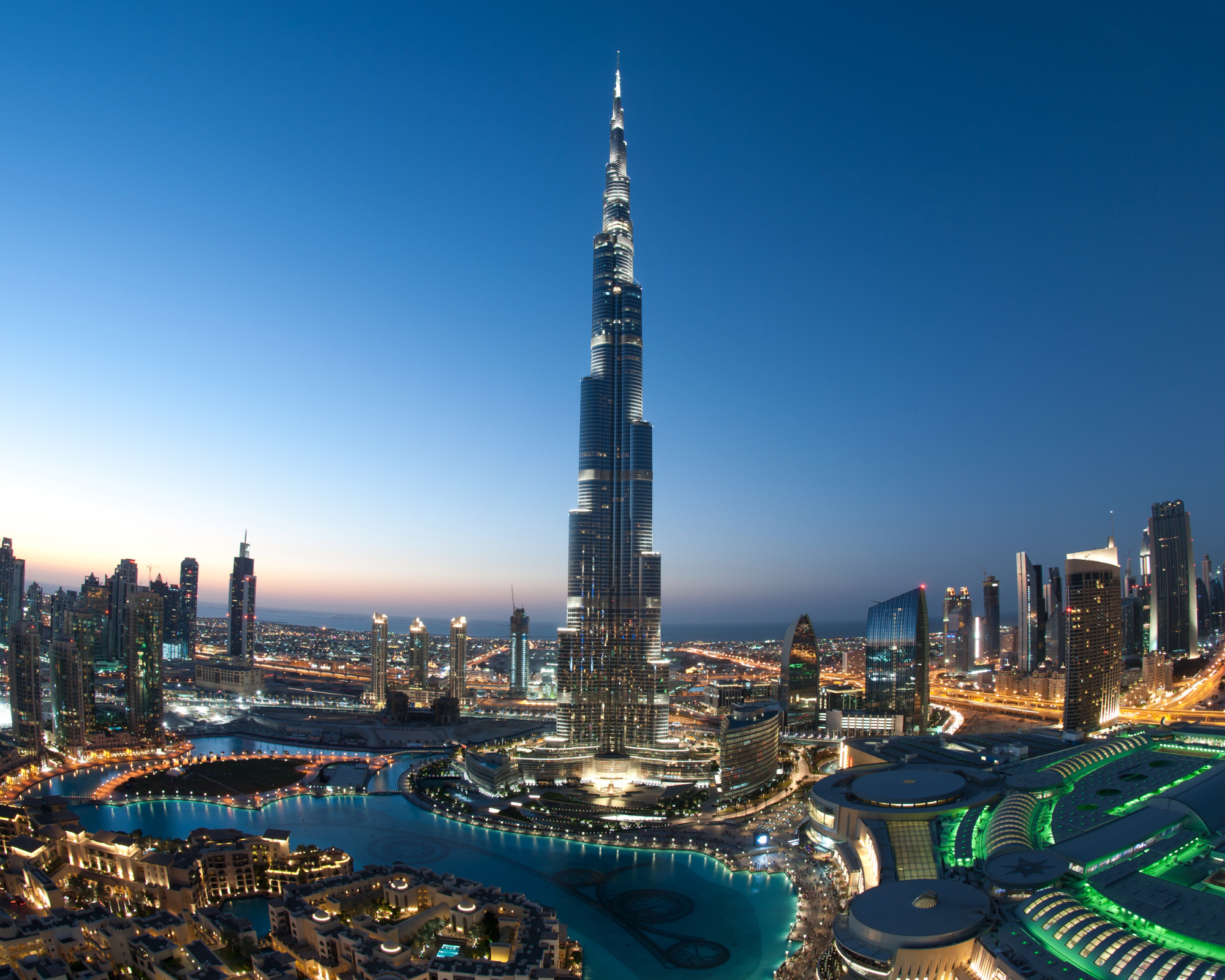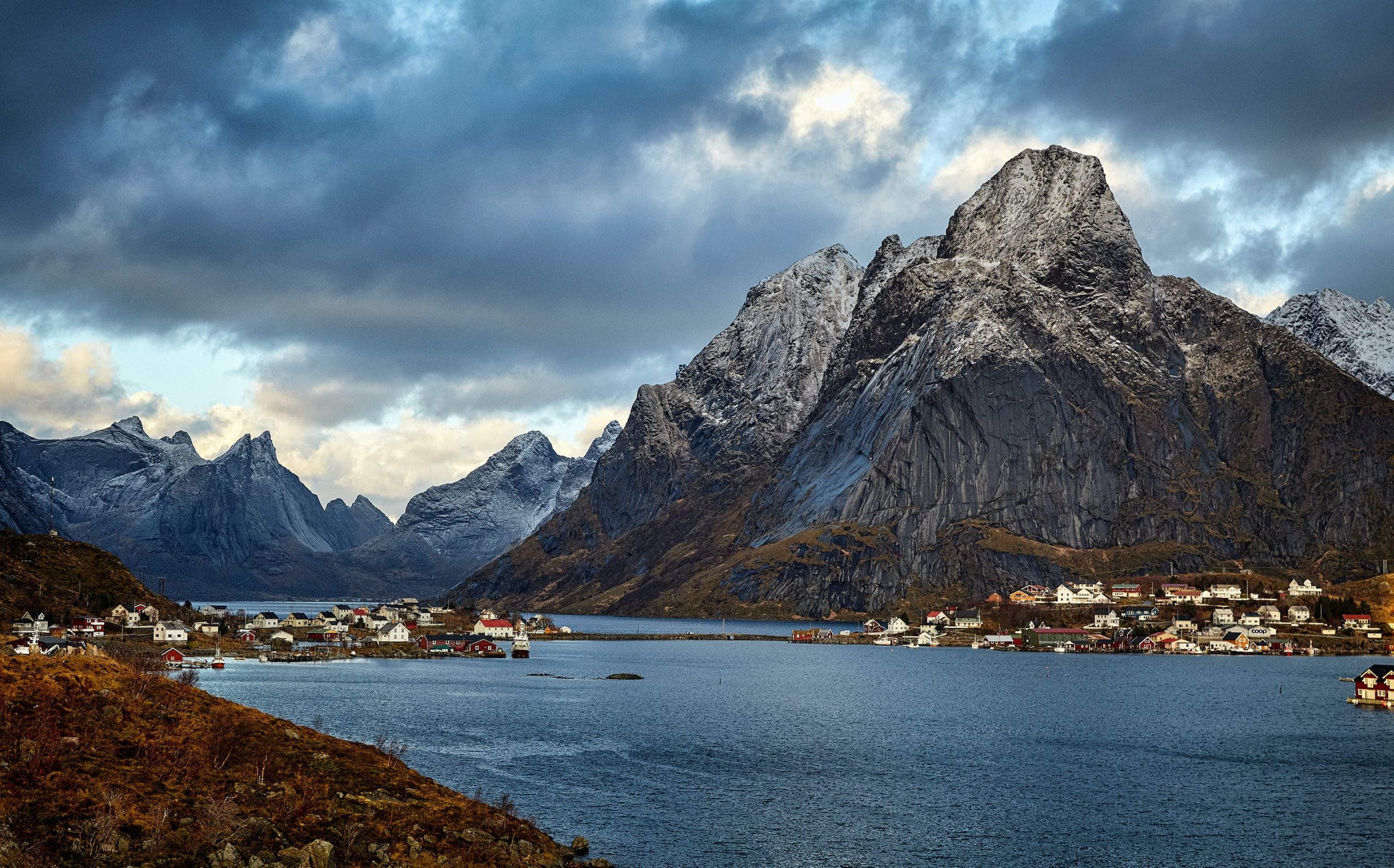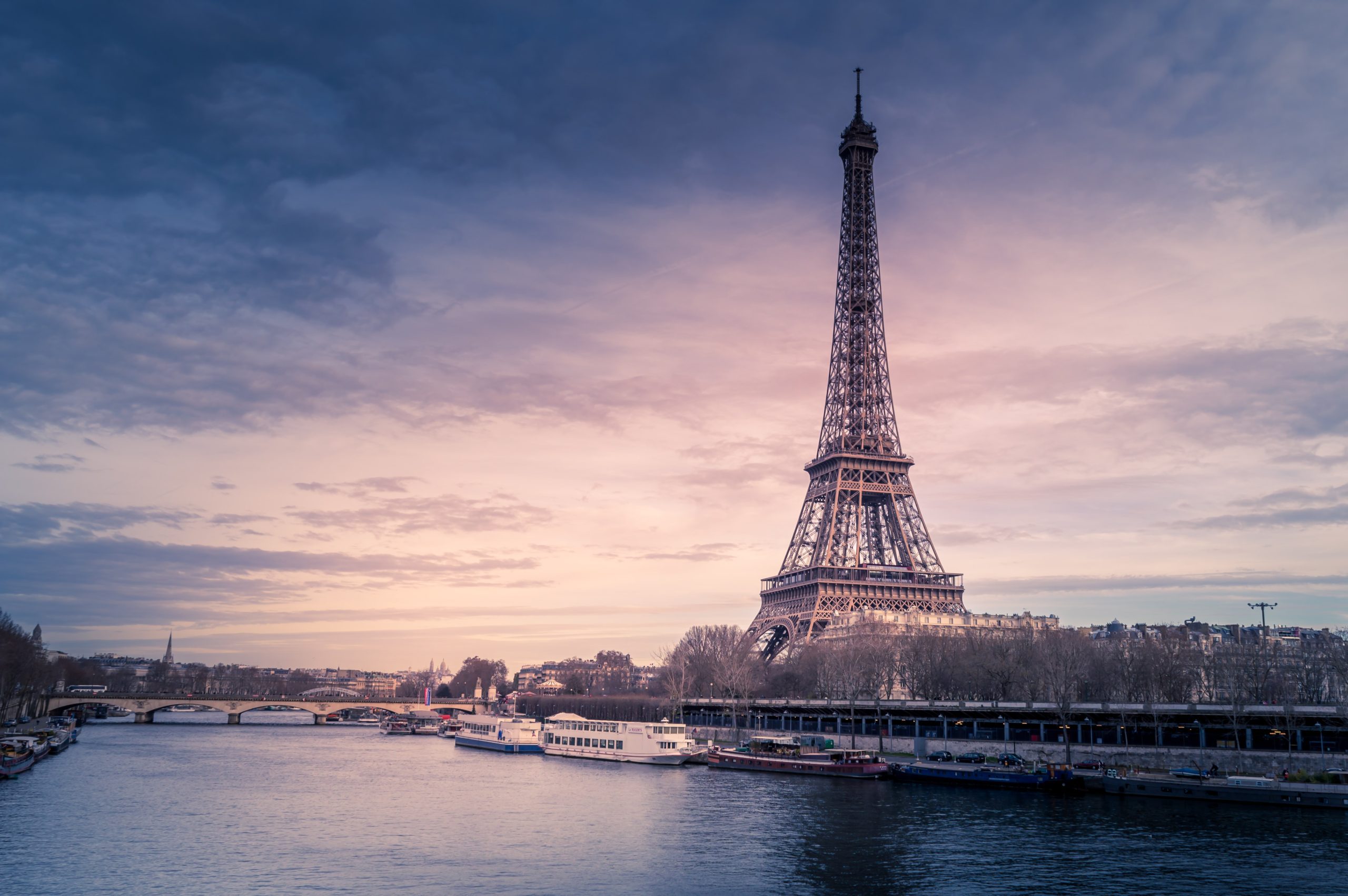
Best Paris Hotel In France & 24 Top Things To Do
Best Paris Hotel In France & 24 Top Things To Do
Our trip together was our first. Our decision to travel to the capital of fashion, lights, and love was made in the fall of 2012. Together, we experienced the four days of the Parisian dream when we ordered a cruise along the Seine. You will be fully informed on attractions, accommodations, dining options, travel, transportation, and the greatest places to shop in Paris by the end of our post!
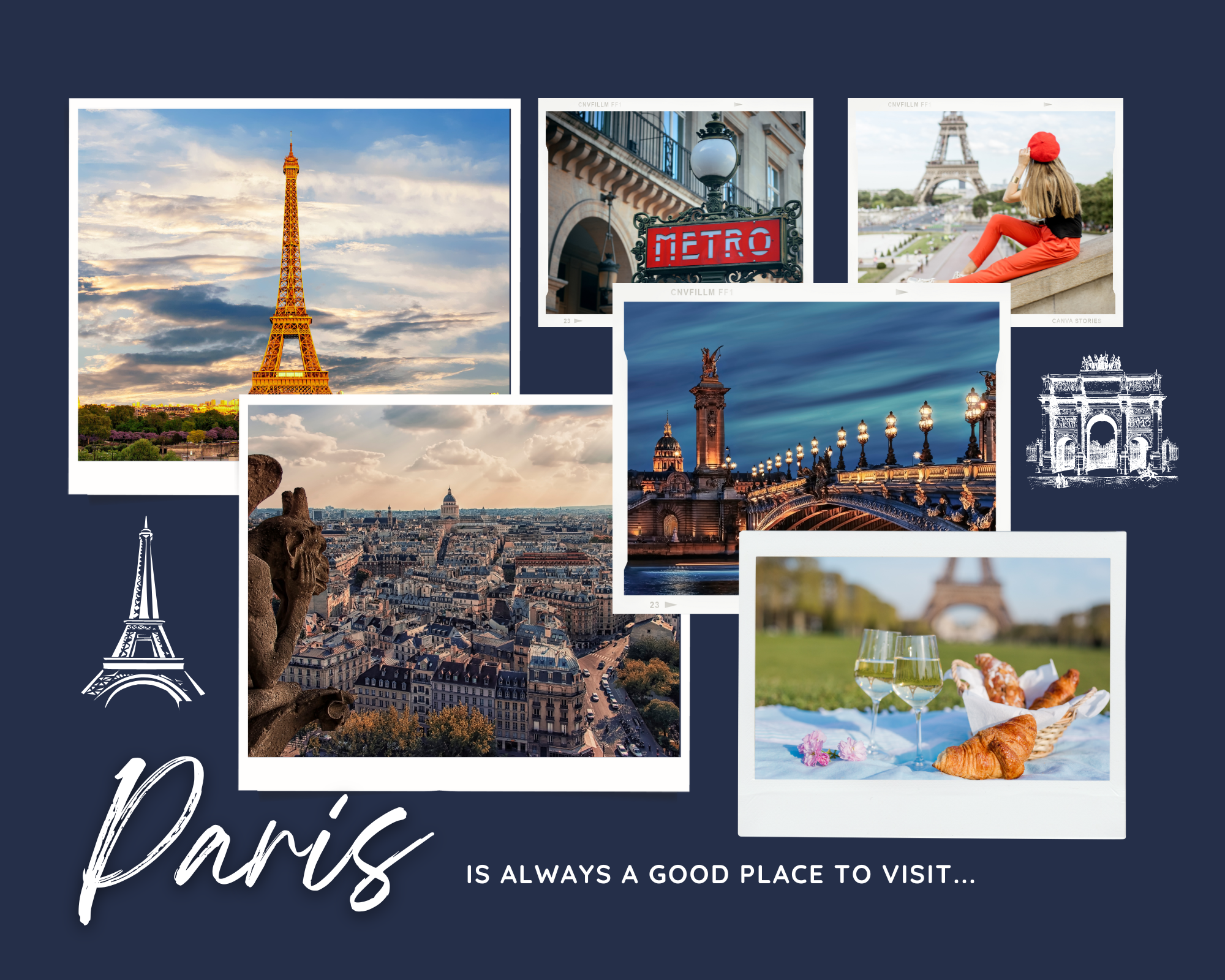
Photo Source : traveldreamdiary.com
Informations
France’s capital and most populated city is Paris. One of the main hubs for banking, trade, diplomacy, fashion, gastronomy, science, and the arts in Europe has always been Paris. Temperature:
With an average temperature of 22 °C (71 °F), the warm season lasts three months, from June 15 to September 15.The four-month chilly season, which has an average temperature of 11 °C (51 °F), runs from November to the beginning of March.
Language: Naturally, French is the primary language. Because there are so many tourists everywhere, English is also spoken there. There were also Spanish, English, German, and French guests on our cruise ship. You won’t encounter any issues if you speak one of these languages.
Currency: Euro
Food Prices: Cheap Restaurant 15 EUR/person, Mid-range Restaurant 2 persons 60 EUR
We selected the cruise line Cruise Critic, and everything on the ship was excellent and cooked to the highest standards. This is the company we suggest if you want a great trip! The ship spent the bulk of its time in the Seine dock, but it also made two trips down the river, where we were treated to breathtaking vistas of the city. We included the trips in the package when the ship was in port, so we took our party on a bus tour to discover Paris’s amazing attractions.
The cost of the cruise included a few excursions, but I also bought a few extras. We saved money by ordering them through Get Your Guide and Viator (simply compare the costs). It is always cheaper to purchase vacations that span a few days or weeks, as that is what we generally advise. A Big Bus tour with a set itinerary for the city’s highlights is another option if you don’t want something too fancy and don’t have any trips included. However, you may always rent a car if you’d prefer to have as much time as possible to see the sites and don’t want to take the bus.
Notice: Several of the links below are affiliate links, which means that if you click over and make a purchase, I will get a commission at no extra cost to you. Here is a link to our complete affiliate disclosure.
Things to do
The first destination was the Louvre, one of the most significant museums in the world and the largest museum of art and history in France. It is situated between Rivoli Street and the Seine’s right quay in the heart of Paris, the capital of France. These images were captured in the Louvre Museum:
Louvre Museum
One of the most well-known museums in the world is the Louvre, also known as the Louvre Museum (French: Musée du Louvre [myze dy luvʁ]), which is a national art museum in Paris, France (English: /ˈluːv(rə)/ LOOV(-rə)).Some of the most iconic pieces of Western art, such as the Mona Lisa, Venus de Milo, and Winged Victory, may be found inside. It is situated in the city’s 1st arrondissement (district or ward) on the opposite side of the Seine.The museum is located in the Louvre Palace, which was first constructed by Philip II in the middle of the 12th and early 13th centuries. The museum’s basement displays remnants of the medieval Louvre stronghold.The stronghold soon lost its defensive role due to urban expansion, and Francis I turned it into the main home of the French kings in 1546.
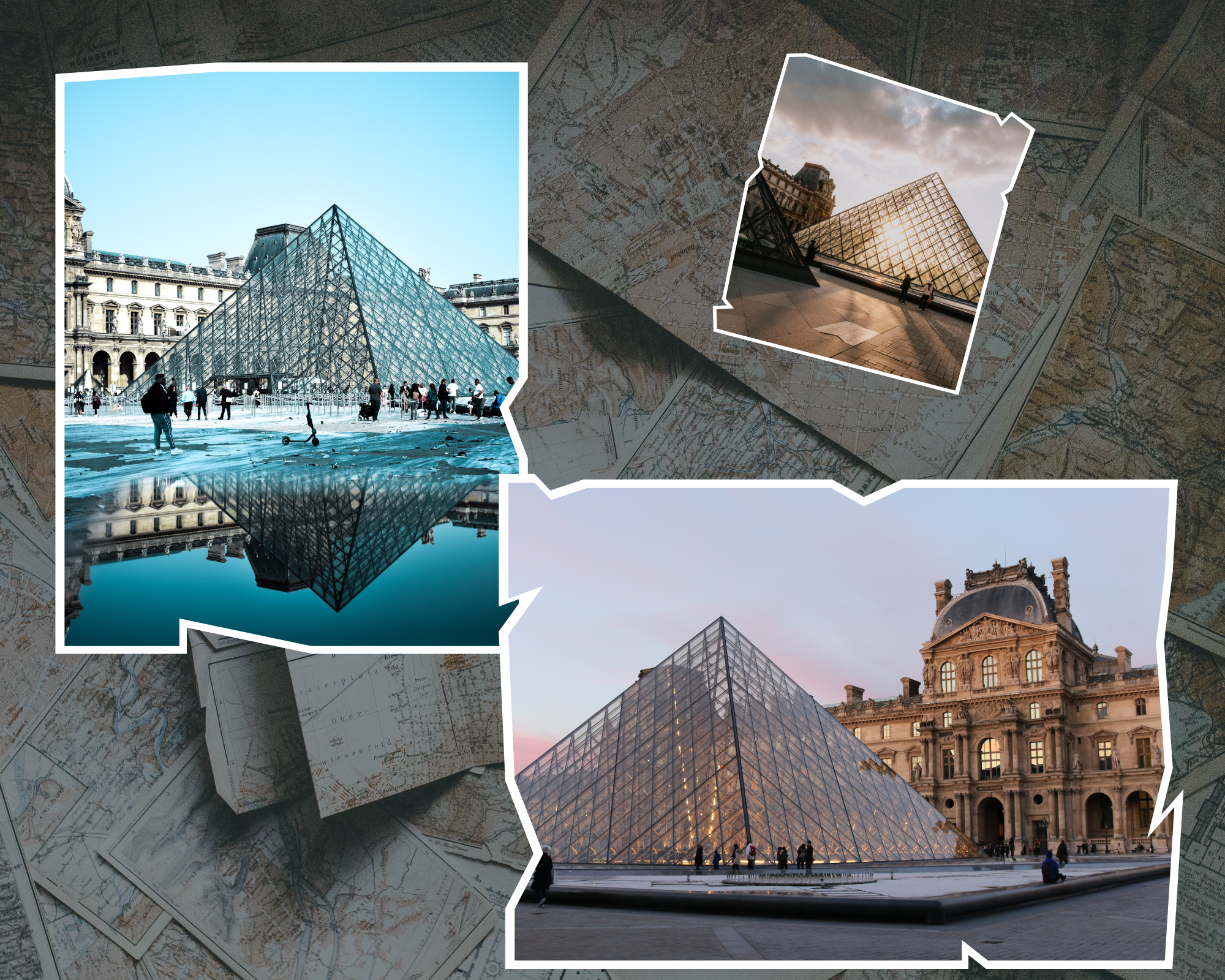
Photo Source : traveldreamdiary.com
The Eiffel Tower
The 330-meter-tall iron truss tower in Paris is known as the Eiffel Tower. Situated close to the banks of the Seine, at the northwest corner of the Champ de Mars, is the 7th arrondissement. Constructed between 1887 and 1889, the 10,100-ton edifice served as a colossal entrance portal and observation tower for the global exposition honoring the centennial of the French Revolution. When it was first constructed, the tower—named for the builder Gustave Eiffel—was the highest structure in the world until the Chrysler Building in New York was finished in 1930. It was still 312 meters high at that time.
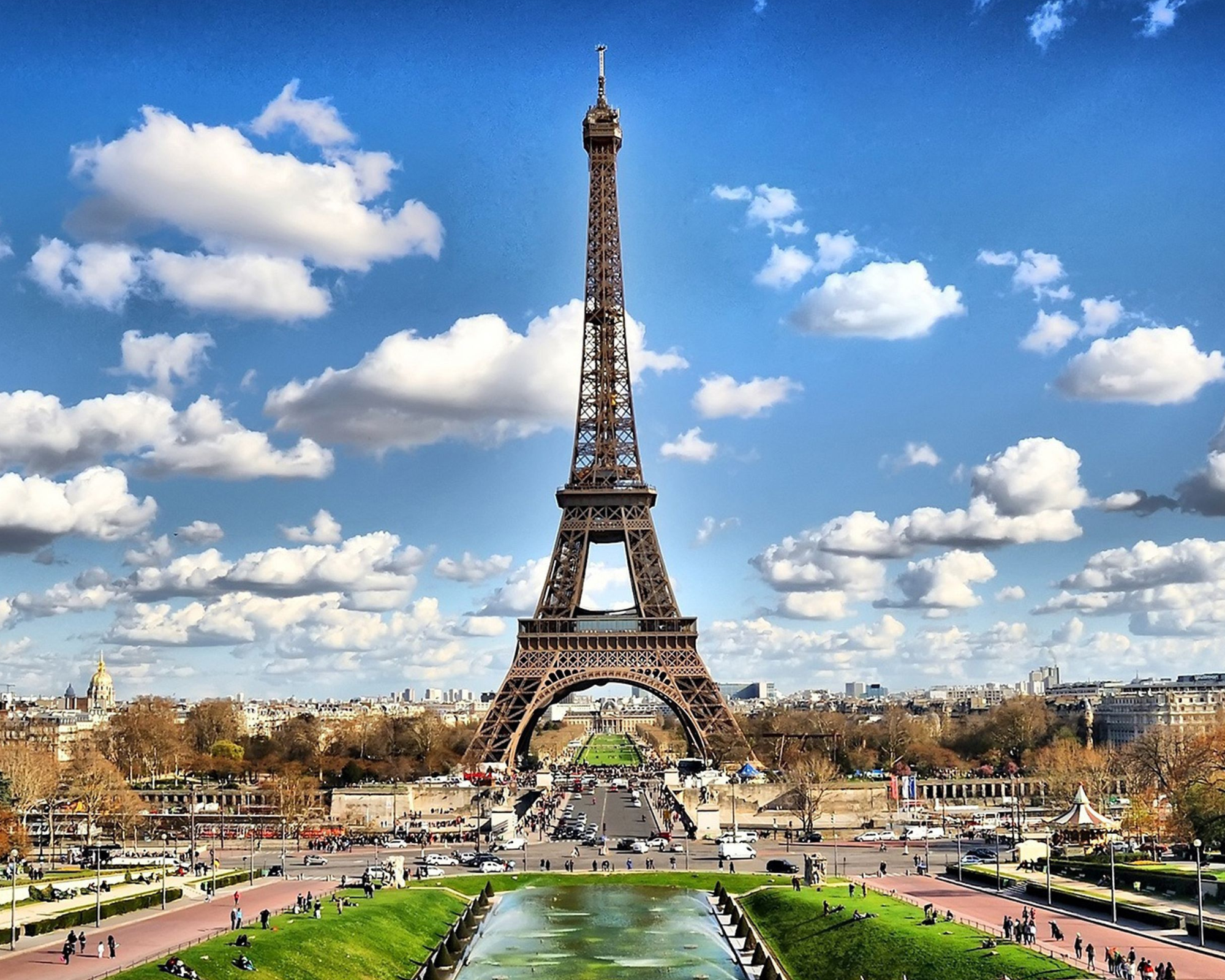
Photo Source : OanaAlexandra on canva.com
Musée d'Orsay
The 7th arrondissement of Paris is home to the Musée d’Orsay, an art museum. It is situated across from the Tuileries Garden on the Seine’s south bank. The structure was formerly the Gare d’Orsay train station. Until the Musée d’Orsay opened its doors in 1986, the architectural firm ACT Architecture oversaw the conversion. On 16,000 square meters, the Musée d’Orsay has around 4,000 exhibits. The artwork includes paintings, sculptures, graphics, photos, handicrafts, and design pieces. The architecture is mostly from the 1848 to 1914 period, with a few outliers.
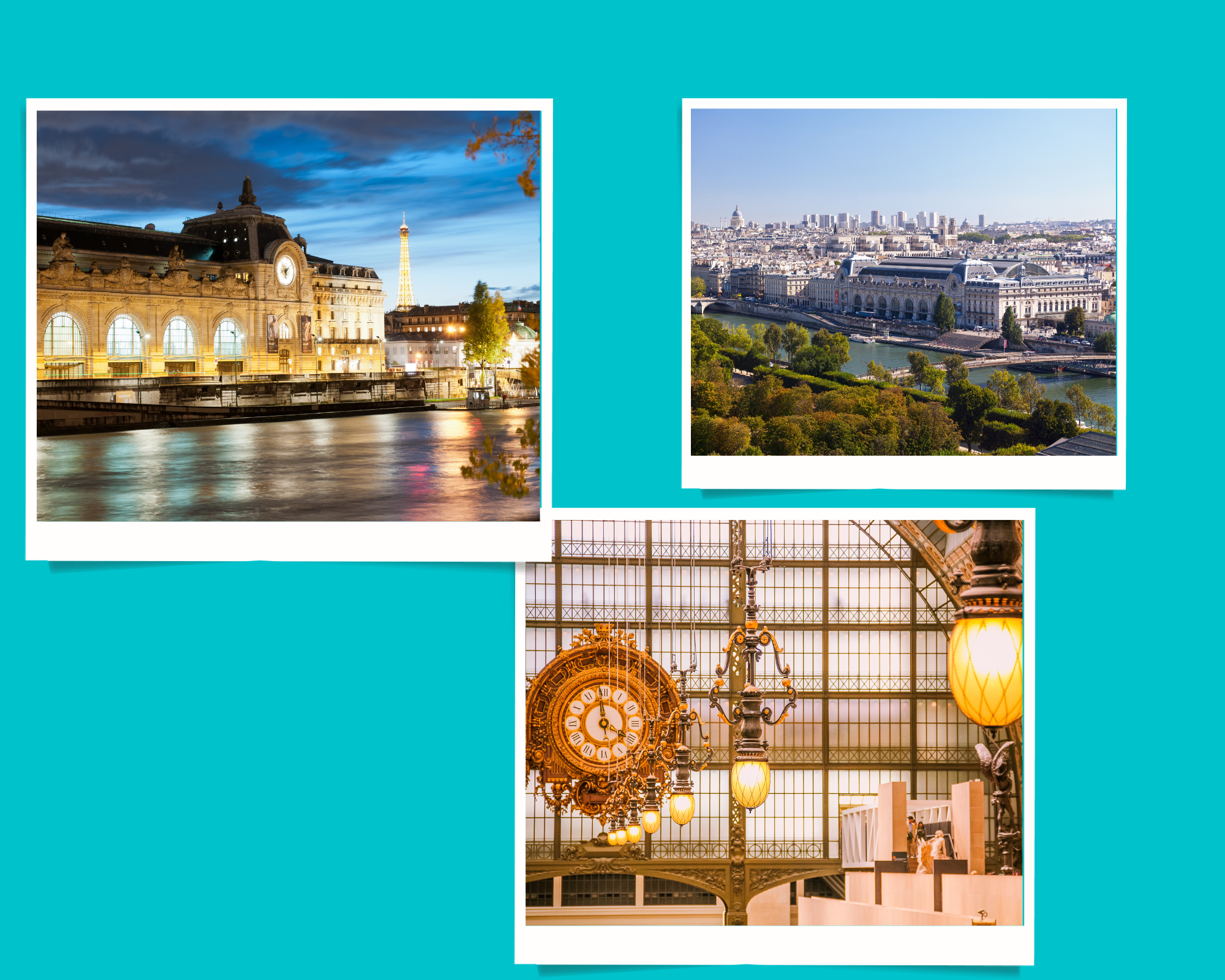
Photo Source : traveldreamdiary.com
Center Pompidou
The Centre Pompidou (pronounced [sɑ̃tʁ pɔ̃pidu] in French), or more accurately the Centre national d’art et de culture Georges-Pompidou (lit. “National Georges Pompidou Centre of Art and Culture”), is a complex building located in the Beaubourg neighborhood of the 4th arrondissement of Paris, close to Les Halles, rue Montorgueil, and the Marais. In English, it is also referred to as the Pompidou Centre. The architectural team of Richard Rogers, Su Rogers, Renzo Piano, and Gianfranco Franchini created it in the high-tech architectural style.
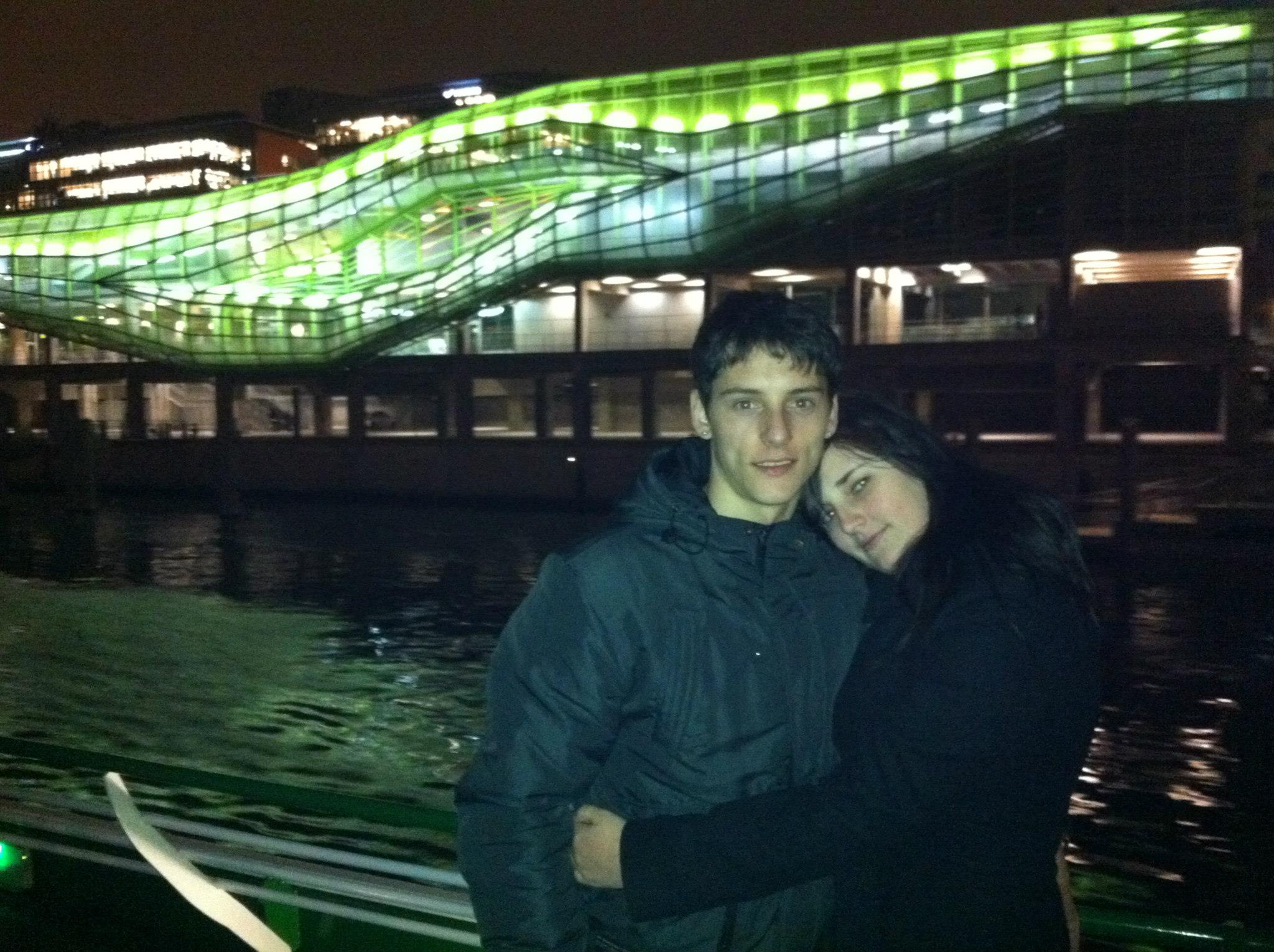
Photo Source : traveldreamdiary.com
Champs Élysées
From the Place de la Concorde, which is home to the Obelisk of Luxor, in the east, to the Place Charles de Gaulle (previously the Place de l’Étoile), which is home to the Arc de Triomphe, in the west, the avenue stretches 1.91 kilometers (1.19 mi) through the 8th arrondissement in northwest Paris.The Axe historique includes the Champs-Élysées.From the Place de la Concorde to the Rond-Point, the lower portion of the Champs-Élysées passes through the Jardin des Champs-Élysées, a park that is home to the Grand Palais, the Petit Palais, the Théâtre Marigny, as well as a number of eateries, gardens, and monuments. Although it is not on the Avenue, the park is bounded by the Élysée Palace on the Rue du Faubourg Saint-Honoré, which serves as the President of the French Republic’s official residence.
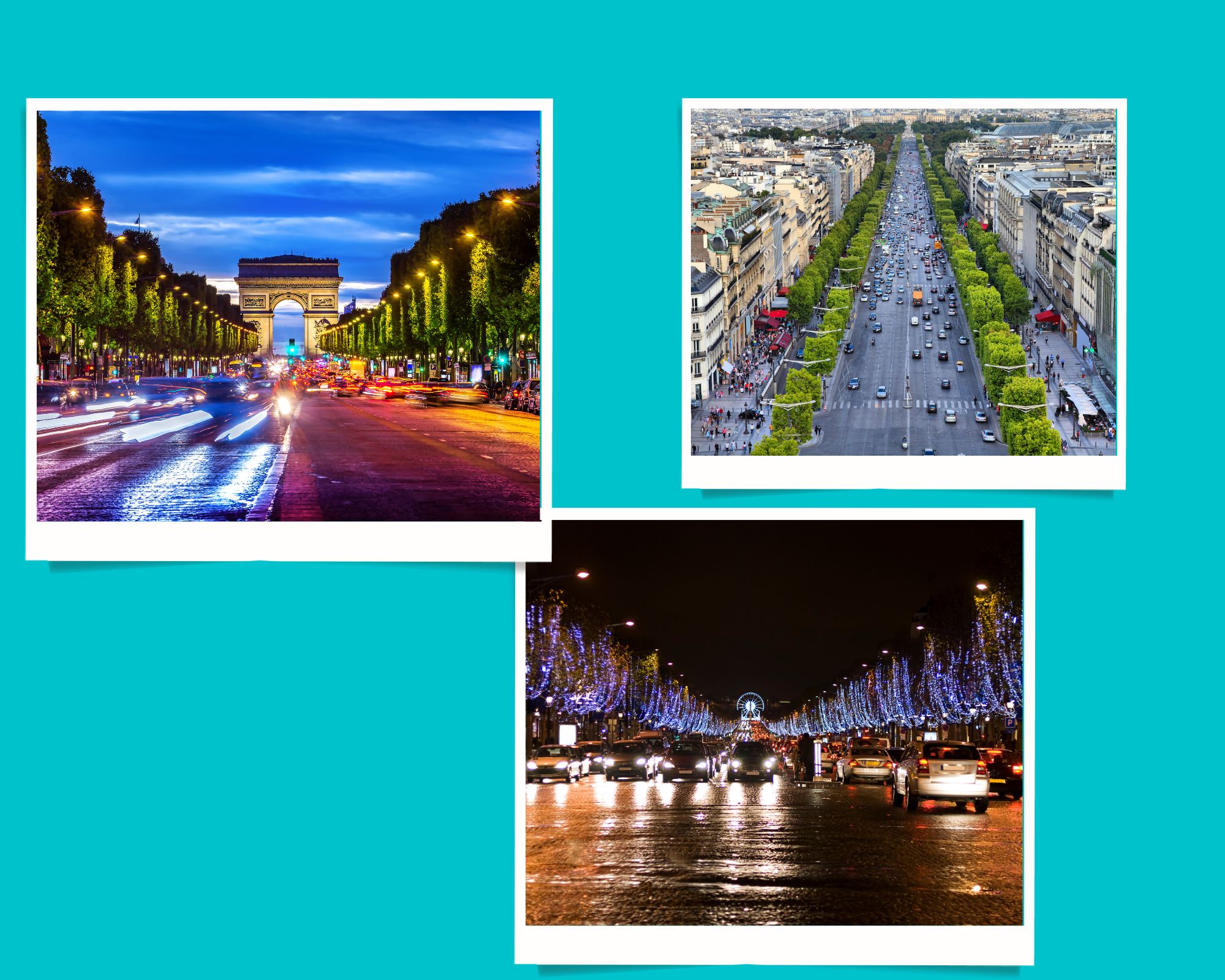
Photo Source : traveldreamdiary.com

The Palace of Versailles
The French government owns the palace, which has been run by the Public Establishment of the Palace, Museum and National Estate of Versailles since 1995 under the authority of the French Ministry of Culture.One of the most visited tourist destinations worldwide, Versailles’ palace, park, and gardens welcome almost 15,000,000 visitors annually. In 1623, Louis XIII constructed a hunting lodge at Versailles. The château underwent multiple expansions in phases between 1661 and 1715 under his successor, Louis XIV. Both kings loved living there, and when Louis XIV relocated his court and government to Versailles in 1682, the palace became the de facto capital of France.
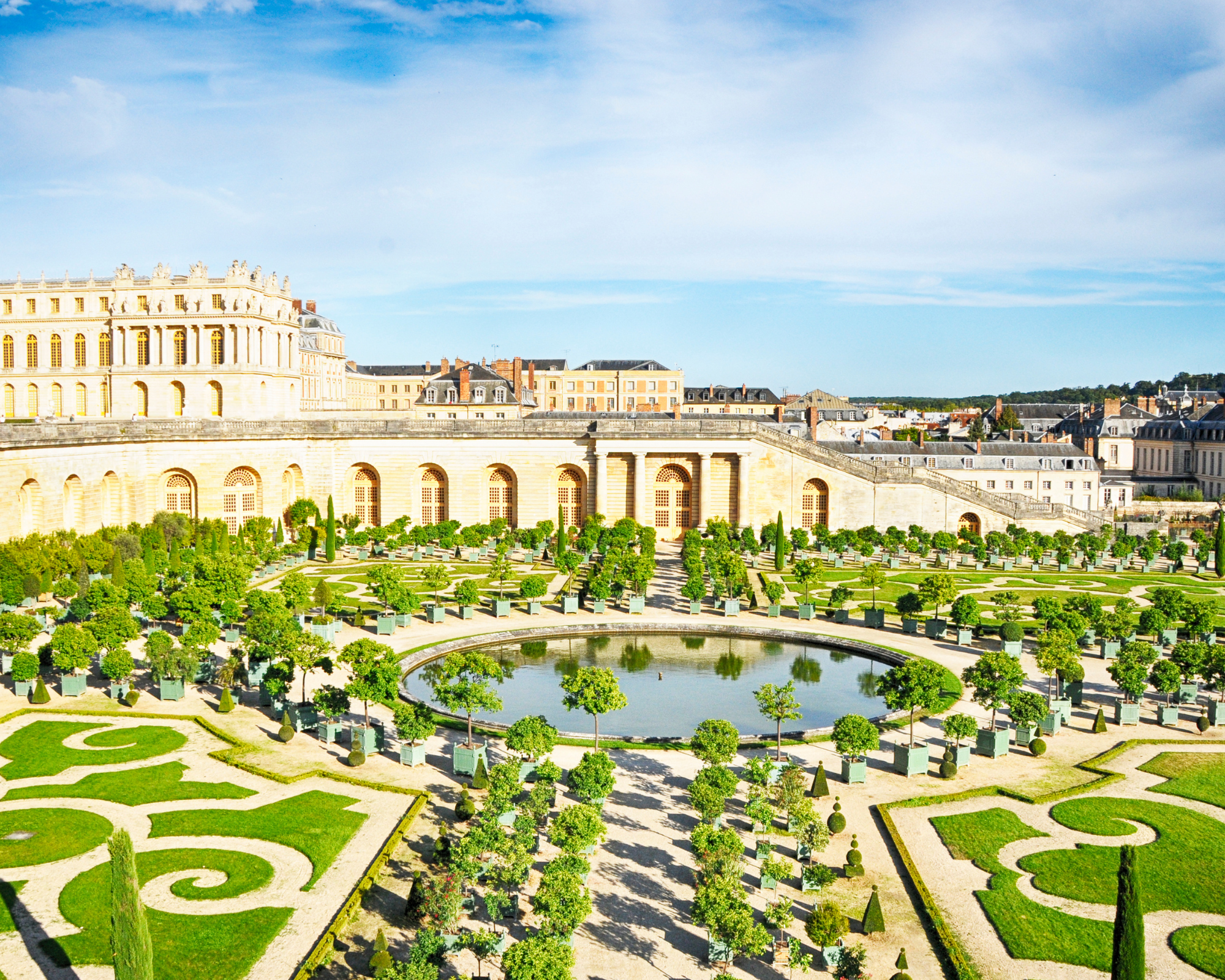
Photo Source : OanaAlexandra on canva.com
Place de la Concorde
The Place de la Concorde, often known as “Concord Square” in French, is a public area located in Paris, France. It is the largest plaza in the French capital, covering an area of 7.6 ha (19 acres). It is situated near the eastern end of the Champs-Élysées in the eighth arrondissement of the city. During the French Revolution, the area was temporarily called the Place de la Révolution (‘Revolution area’). Among the many prominent public executions that took place there were those of Marie Antoinette, Maximilien Robespierre, Louis XVI, and the Carmelite Martyrs of Compiegne. In the latter years of the revolution, it was given its present name in 1795 as a sign of reconciliation.
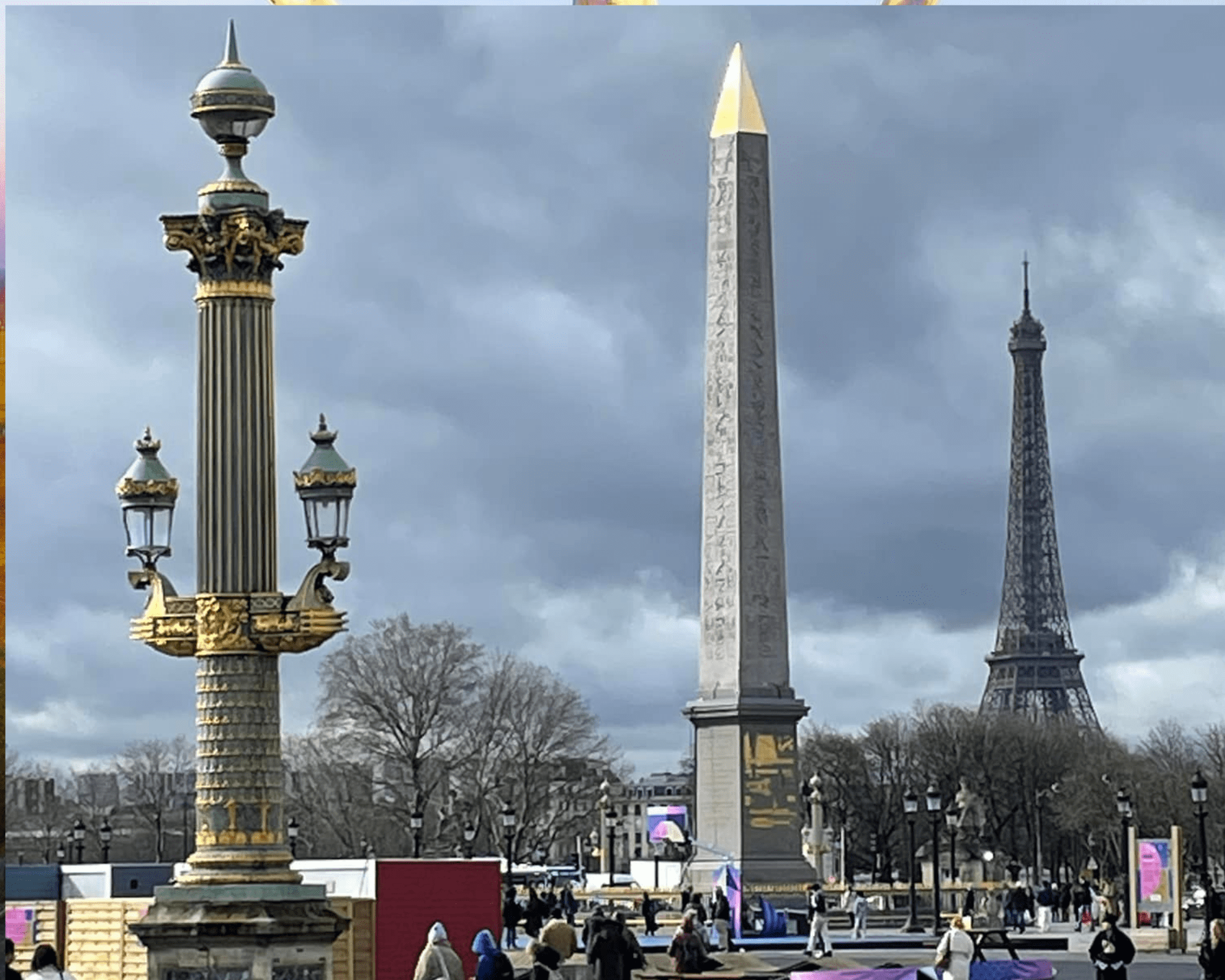
Photo Source : Jacques Alexandre Ntk on Facebook
Opéra Garnier
Located at the Place de l’Opéra in the 9th arrondissement of Paris, France, the Palais Garnier (French: [palɛ ɡaʁnje] Garnier Palace) and L’Opéra Garnier (French: [ɔpeʁa ɡaʁnje] Garnier Opera) are both historic opera houses with 1,979 seats. At the request of Emperor Napoleon III, it was constructed for the Paris Opera between 1861 and 1875.It was once called le nouvel Opéra de Paris (the new Paris Opera), but it quickly gained recognition as the Palais Garnier “in acknowledgment of its extraordinary opulence”and the plans and designs of architect Charles Garnier, which are typical of the Napoleon III style. Up until 1989, when a new opera house, the Opéra Bastille, built at the Place de la Bastille, it served as the main venue for the Paris Opera and its affiliated Paris Opera Ballet.
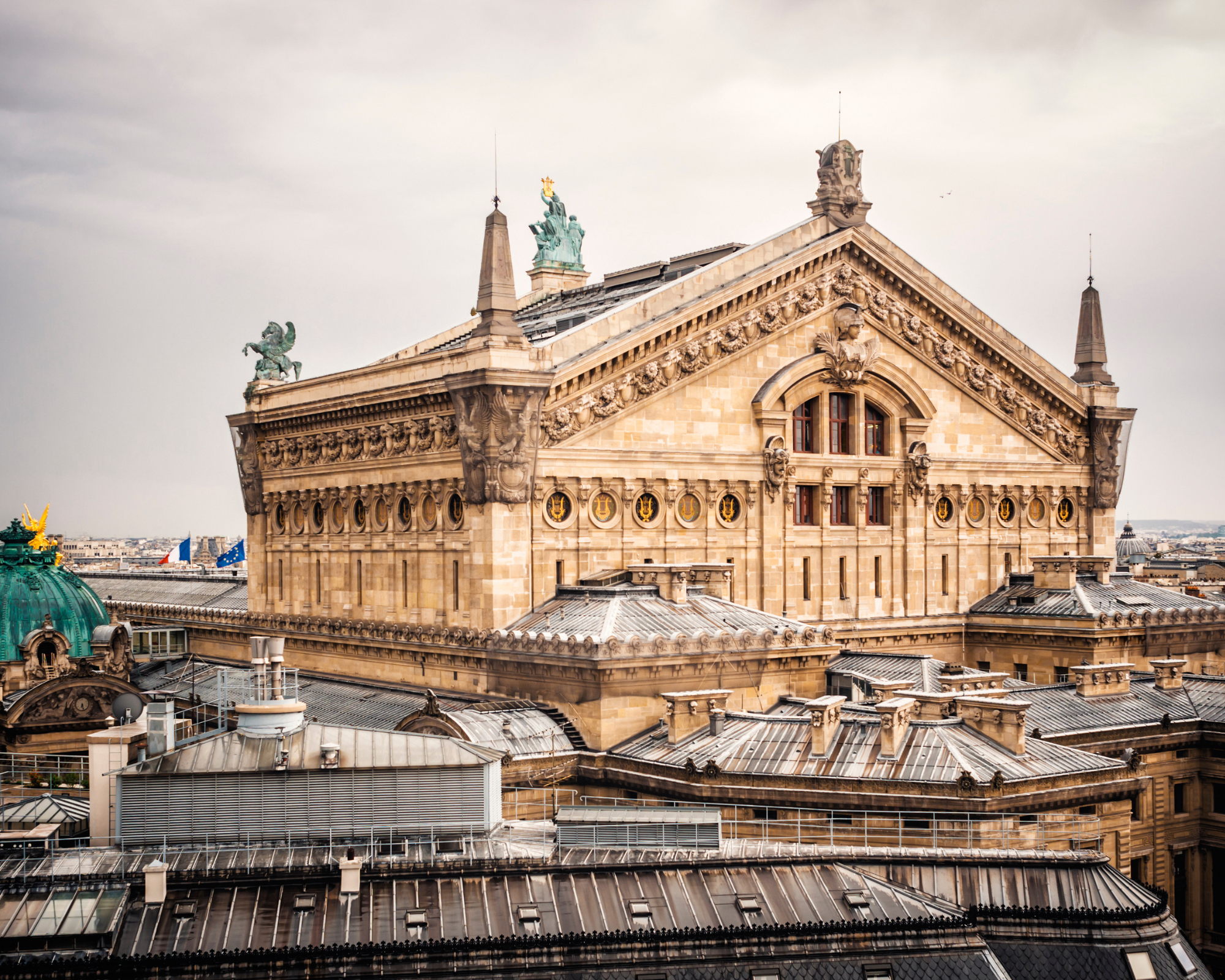
Photo Source : OanaAlexandra on canva.com
Disneyland Paris
Disneyland Paris is a 2230-hectare entertainment complex located 32 kilometers east of Paris, France, in the Chessy commune’s ville nouvelle Marne-la-Vallée. Following four years of building, the resort opened for business on April 12, 1992, and more than 320 million visitors from around the globe have since visited. Currently, it consists of the two theme parks, Disneyland Park and Walt Disney Studios Park, as well as the Disneyland golf course, Disney Village entertainment district, a number of hotels, and residential and commercial areas. Both parks ranked among the top five most popular amusement parks in Europe in 2014, with an estimated 9.9 and 4.3 million visits each.

Photo Source : OanaAlexandra on canva.com
Jardin des Tuileries
The Tuileries Garden (French: Jardin des Tuileries, IPA: [ʒaʁdɛ̃ de tɥilʁi]) is a public garden located in the 1st arrondissement of Paris, France, between the Louvre and the Place de la Concorde. Originally designed by Catherine de’ Medici as the Tuileries Palace garden in 1564, it was made public in 1667 and, following the French Revolution, became a public park. It has served as a gathering spot for Parisians to celebrate, socialize, take walks, and unwind since the 1800s.It served as the Olympic and Paralympic cauldron during the 2024 Summer Olympics and Paralympics.
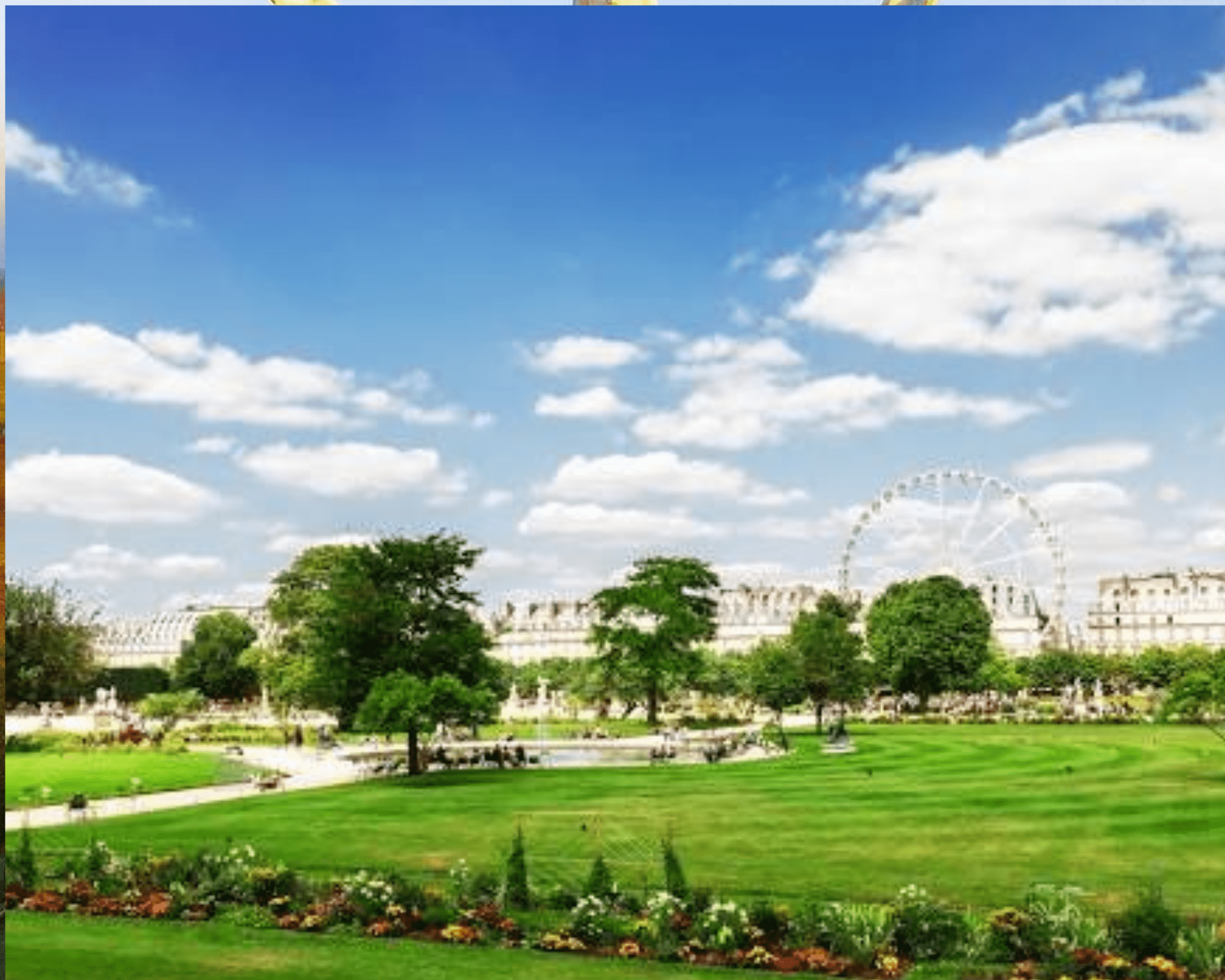
Photo Source : OanaAlexandra on canva.com
Sainte-Chapelle
The Sainte-Chapelle is the old palace chapel of the Palais de la Cité, the former royal mansion located in the first arrondissement of Paris on the Île de la Cité. Constructed between 1244 and 1248, it is a prime example of the mid-13th-century High Gothic architectural style. It was built in response to the necessity to contribute a Gothic-style copy of the famous “Holy Chapel” in Paris, which was housed in the Great Palace of Constantinople, the capital of the Byzantine Empire, and from which the Passion relics had been taken during the Fourth Crusade.
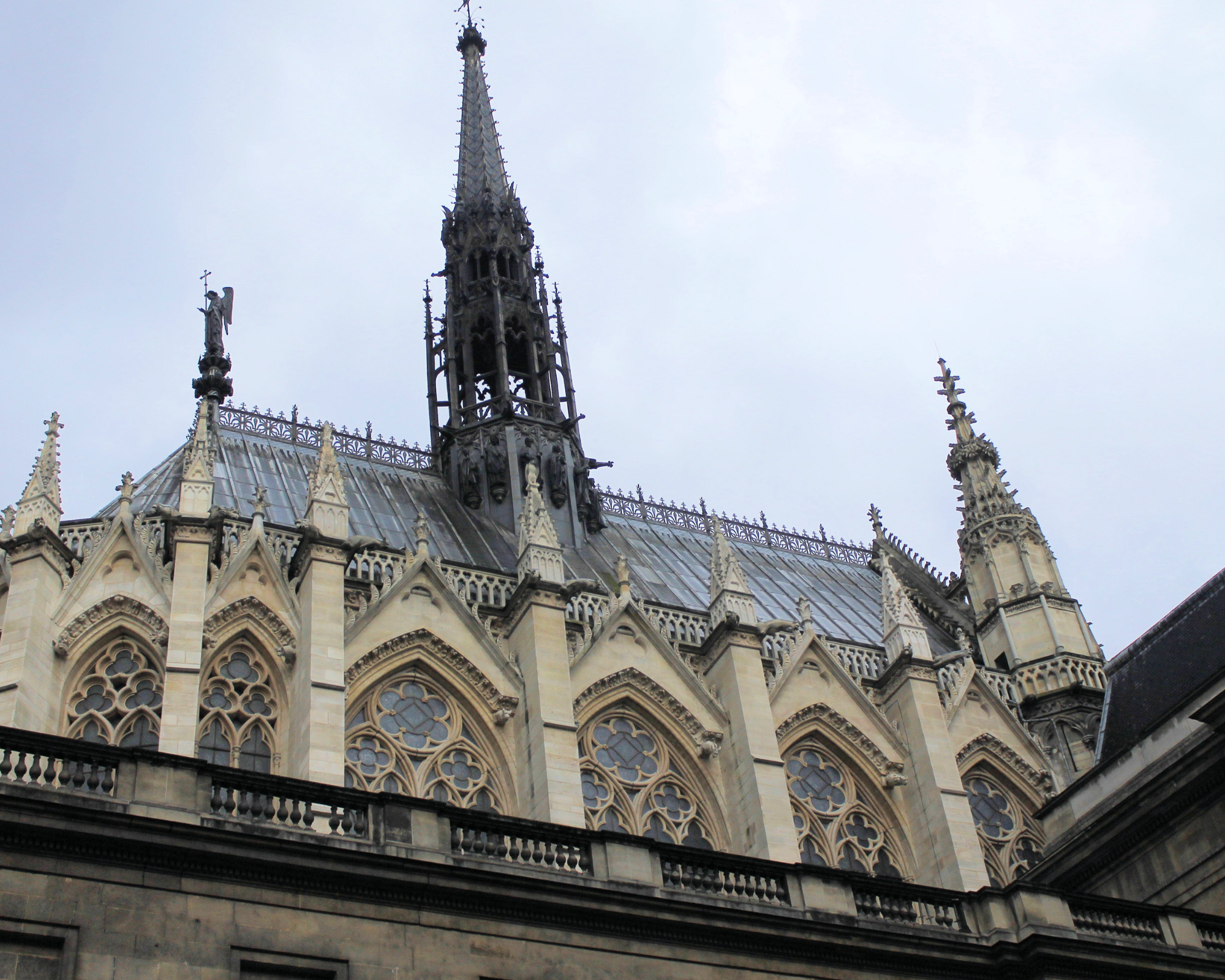
Photo Source : traveldreamdiary.com
Pont Alexandre 3
Paris’s Pont Alexandre III is a neo-baroque bridge that spans the Seine. It’s regarded as “probably the most impressive and also boldest arch bridge of its era” .The bridge was built as a symbol of the Franco-Russian friendship that was formed by the alliance signed in 1891 between Emperor Alexander III (1845–1894) and President Sadi Carnot of the French Republic. It was opened for the Universal Exhibition in Paris in 1900. On October 7, 1896, President Félix Faure, Empress Alexandra Fedorovna, and Russian Tsar Nicholas II placed the first stone. The architects Cassien-Bernard and Gaston Cousinn, along with the engineers Jean Résal, Amédée Alby, and Joseph Grison, were tasked with building this piece of art. View from the Alexandre-III Bridge including an animated scene (National Archives exhibit). Constructed along the Esplanade des Invalides’ axis, it connects to the Petit and Grand Palais, which were built for the
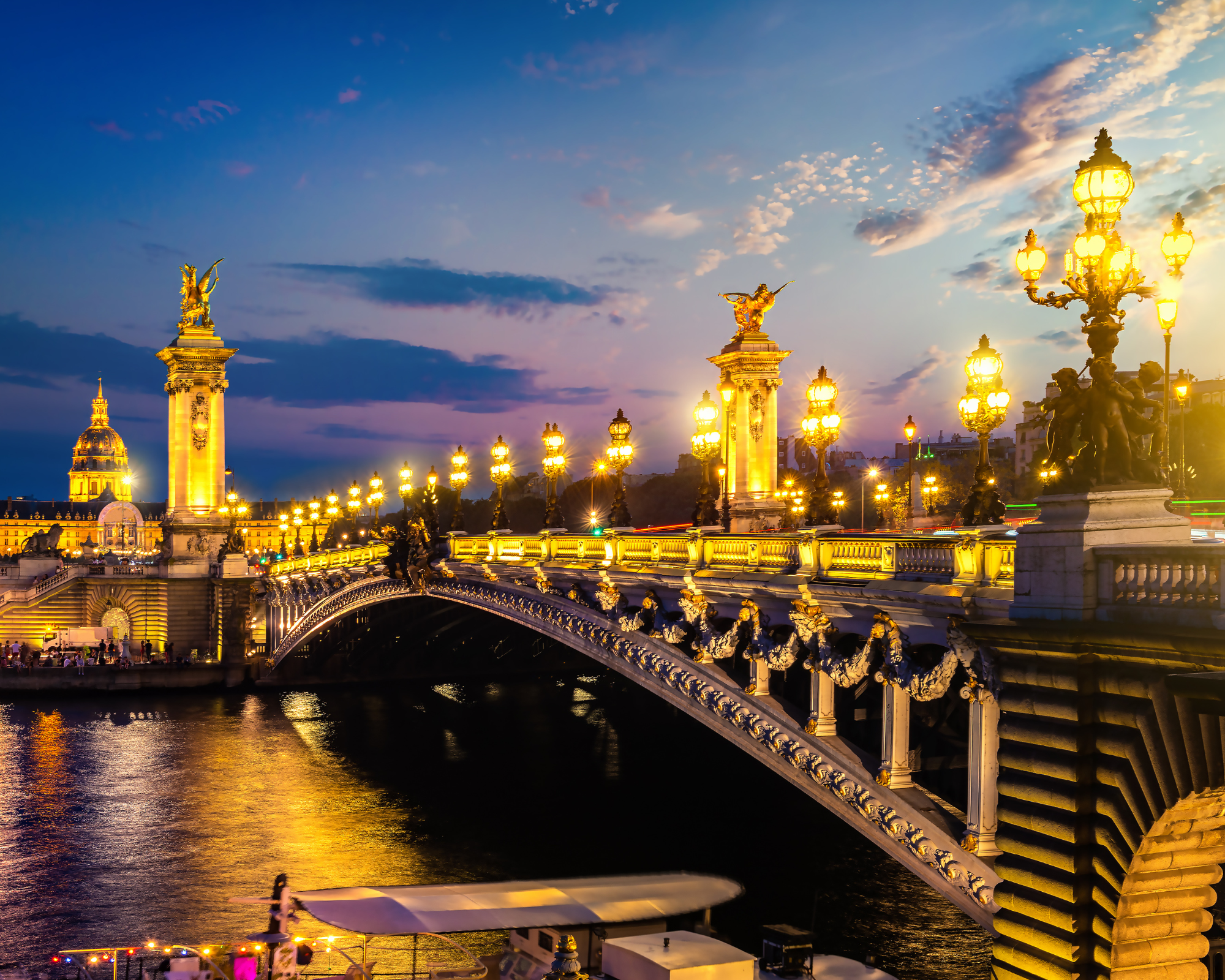
Photo Source : France Art & Architecture on Facebook
Panthéon
Located in the 5th arrondissement of Paris, France, the Panthéon (French: from Ancient Greek πάvθειοv (pántheion) ‘[temple] to all the gods’) is a monument. It is located in the center of the Place du Panthéon, which bears its name, in the Latin Quarter (Quartier in Latin), above the Montagne Sainte-Geneviève. At the request of monarch Louis XV of France, the structure was constructed between 1758 and 1790 using designs by Jacques-Germain Soufflot. The monarch wanted the cathedral to be devoted to Saint Genevieve, the patroness of Paris, whose relics were to be kept there. Louis XV and Soufflot did not live to see the church finished.
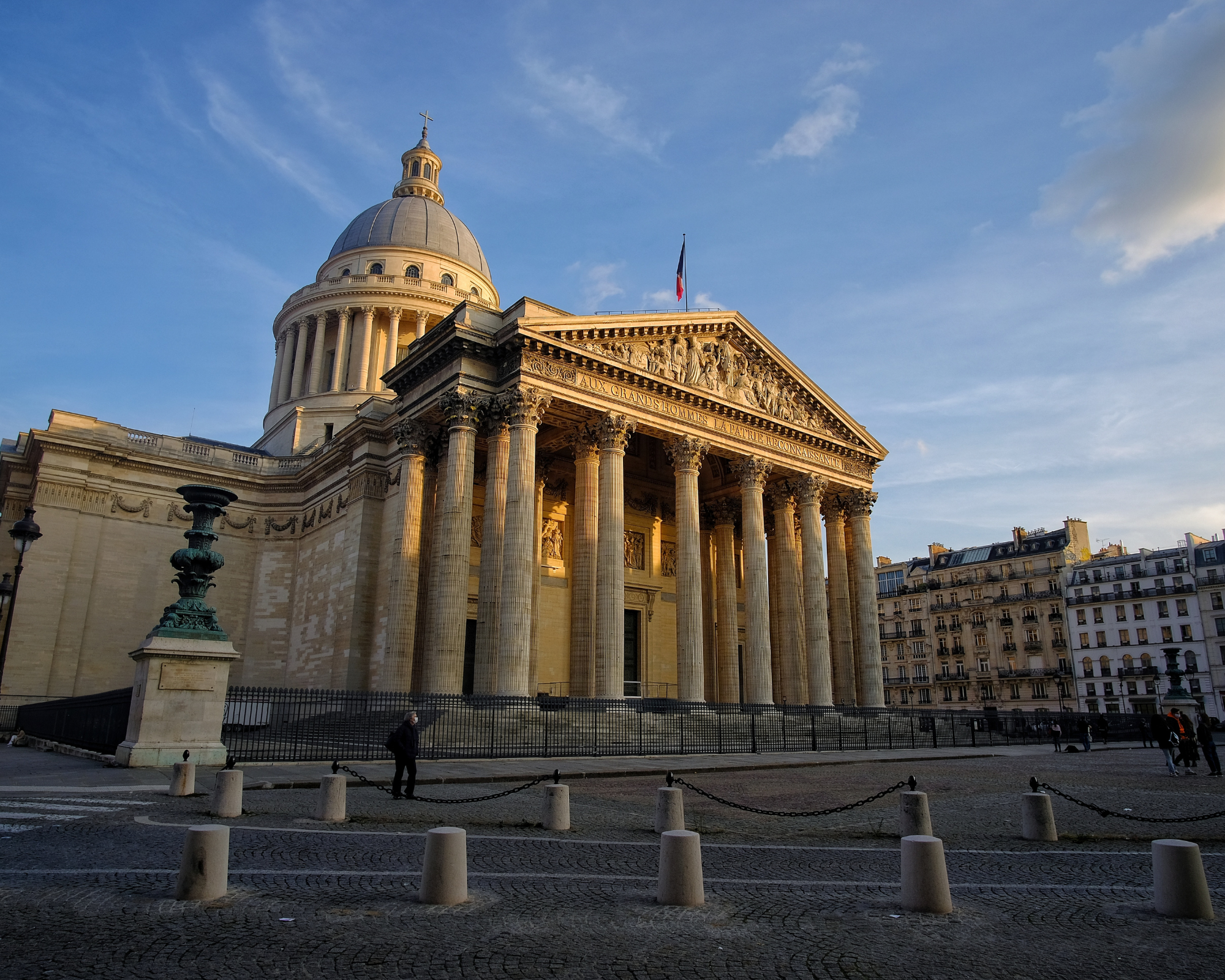
Photo Source : Oana Alexandra on Facebook
Place des Vosges
The earliest designed plaza in Paris, France, is called the Place des Vosges (pronounced Place Royale in French).It is situated in the Marais neighborhood and crosses the boundary between Paris’s third and fourth arrondissements. Prior to the Place Dauphine, it is Paris’s oldest plaza. It is an enclosed square with two streets that run beneath pavilions and a major roadway on one of its four sides. One of the primary causes of Le Marais’s upscale reputation among Parisian aristocracy throughout the 17th and 18th centuries was the square’s high cost of living. It is one of Paris’s five royal squares, along with the Place des Victoires, Place Dauphine, Place Vendôme, and Place de la Concorde.
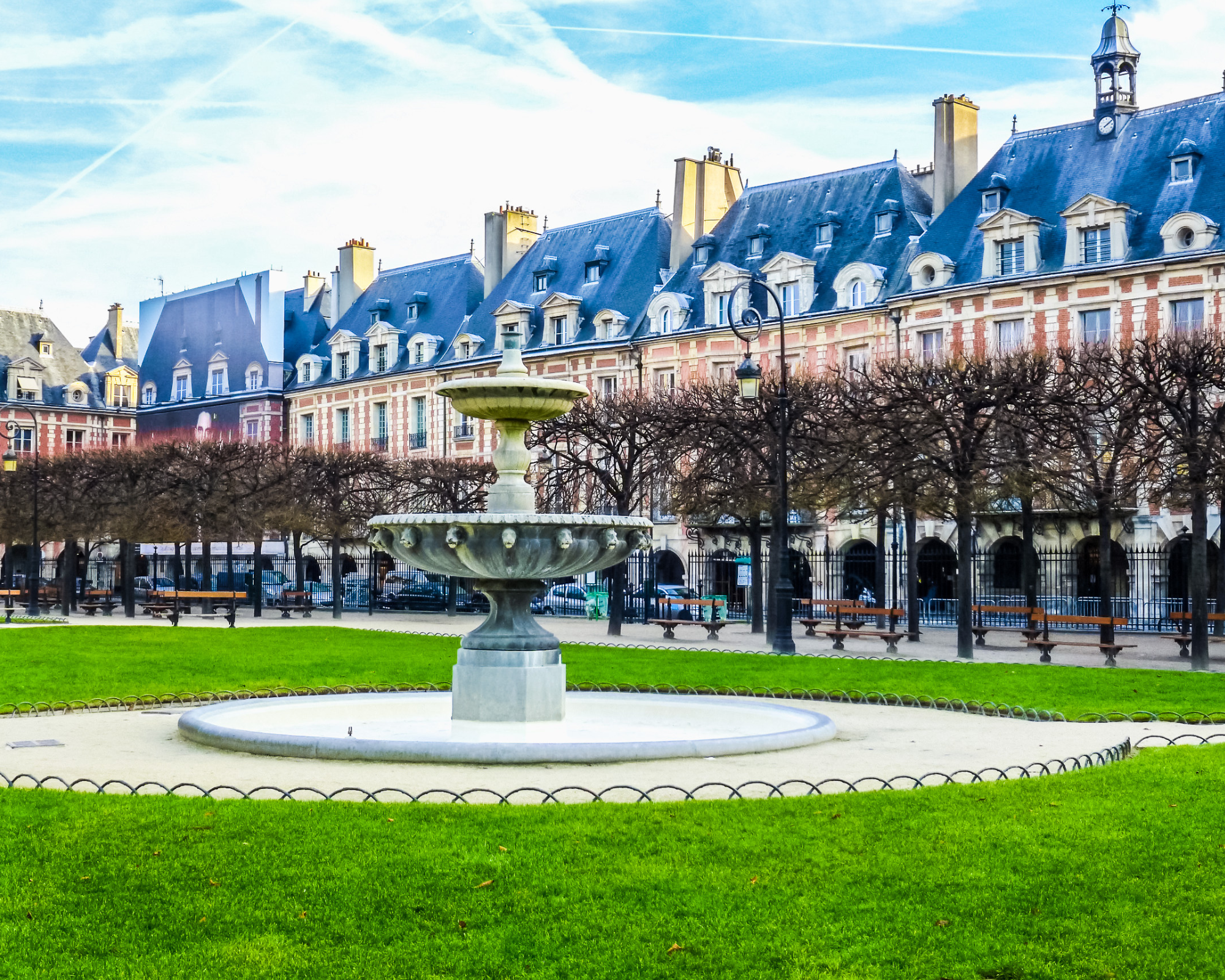
Photo Source : Oana Alexandra on Facebook
Pont Neuf
The oldest standing bridge over the Seine in Paris, France is called the Pont Neuf (pronounced [pɔ̃ noef], “New Bridge”). It is located close to the western (downstream) tip of the Île de la Cité, the island in the middle of the river that was once the birthplace of Paris, known as Lutetia in antiquity, and later served as the city’s center during the Middle Ages. The bridge consists of two distinct spans: one span has five arches connecting it to the Île de la Cité on the left bank, while the other span has seven arches connecting it to the right bank on the island. The freshly constructed bridge barely touched the downstream tip of the Île de la Cité, according to old engraved maps of Paris; since then, the natural
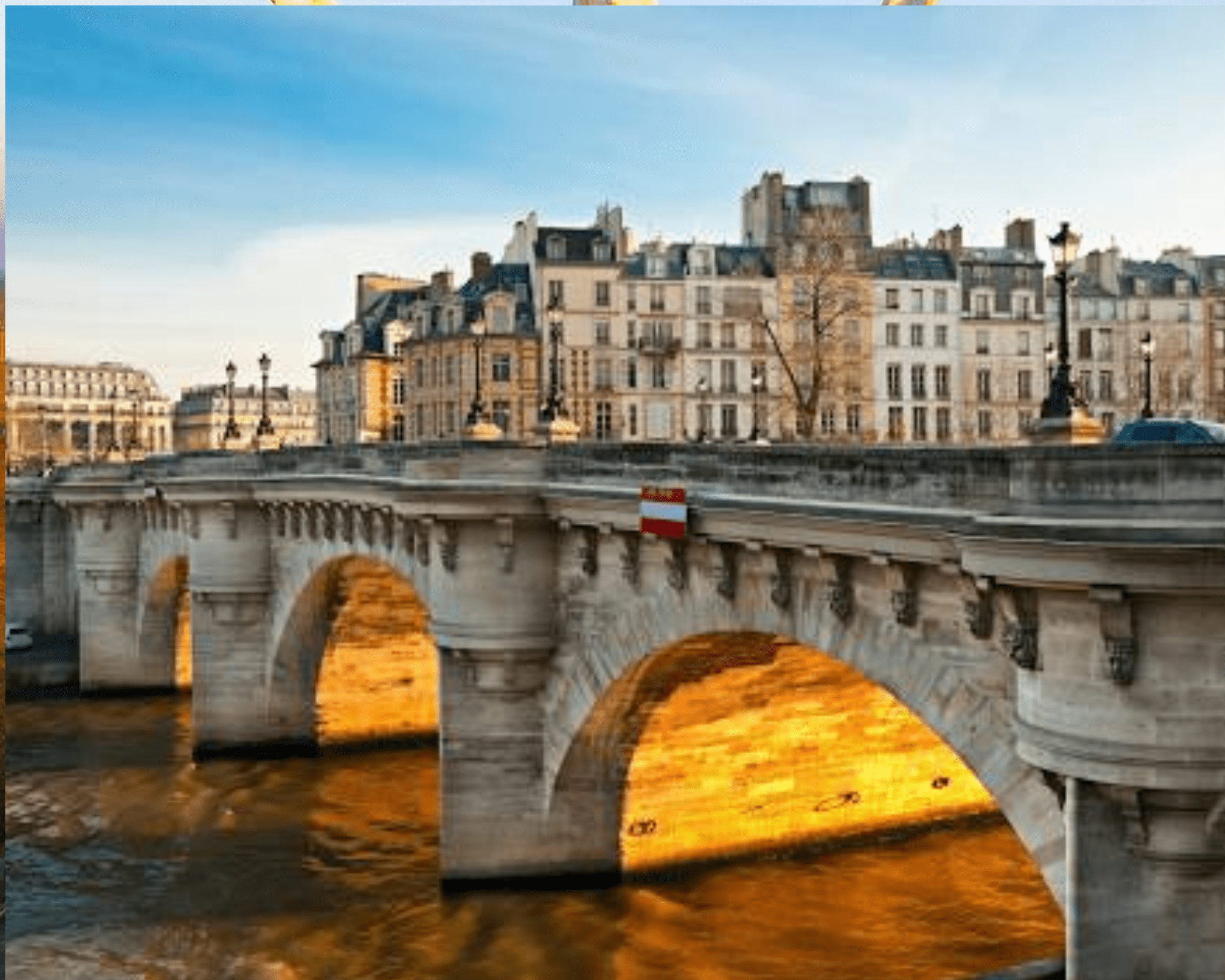
Photo Source : OanaAlexandra on canva.com
Pont des Arts
The Pont des Arts is a pedestrian bridge that spans the Seine in Paris, linking the left side of the Quai de Conti in the 6th arrondissement with the right bank of the Quai François-Mitterrand in the 1st arrondissement. As a result, it precisely follows an axis that connects the Institut de France on one side, the Cour Carrée des Louvre’s center, and the archway that leads from it to the banks of the Seine. It is the first bridge that crosses the Pont Neuf and the Île de la Cité. The Pont du Carrousel is the next bridge downstream from the Pont des Arts.
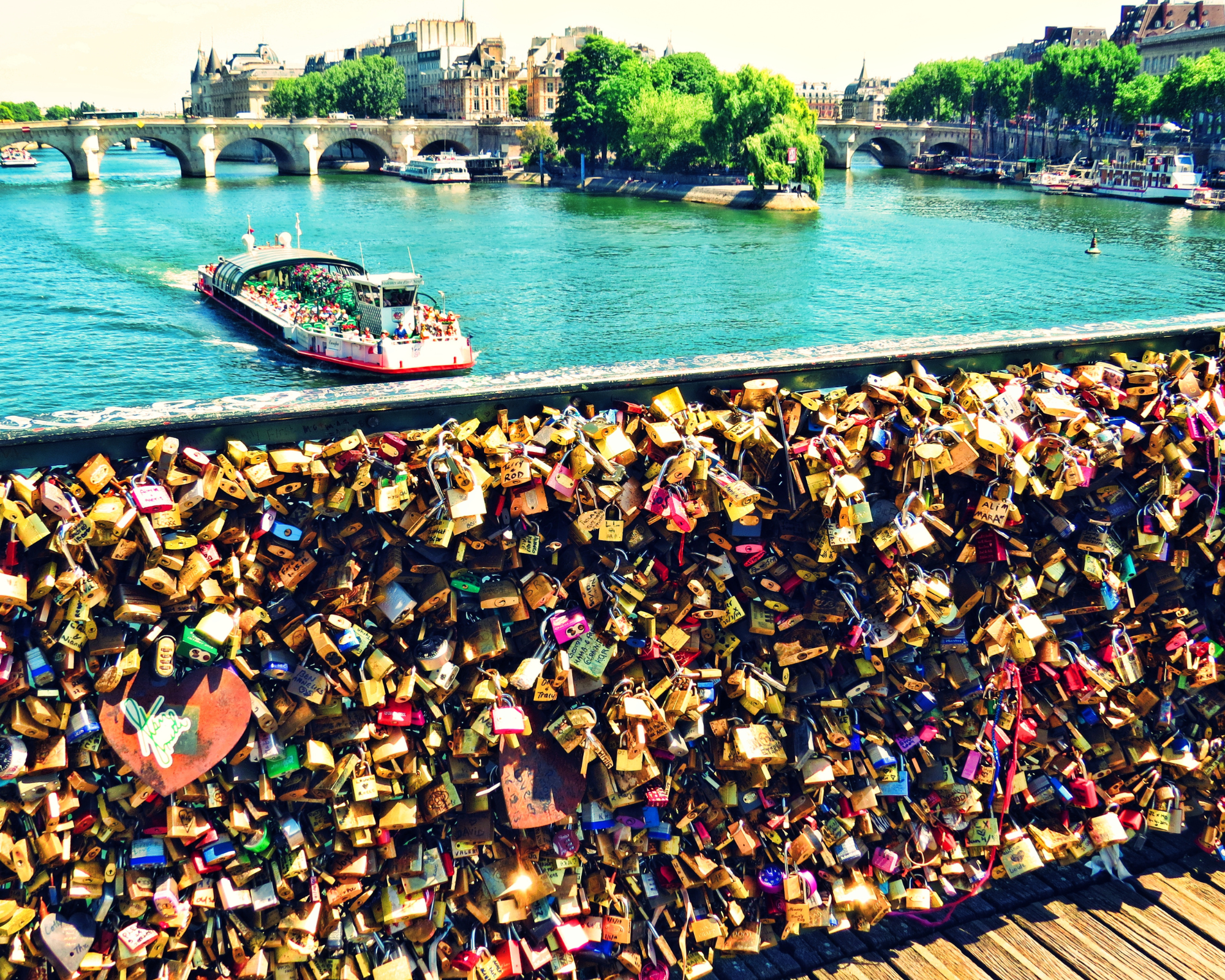
Photo Source : Oana Alexandra on Facebook
Champ de Mars
Known by several names, the Champ de Mars, or Parc du Champ de Mars, is a sizable green space spanning 24.3 hectares in the 7th arrondissement of Paris. It was formerly utilized for military activities before being converted for exhibitions. The Eiffel Tower, a relic from the 1889 Universal Exhibition, rises at its northwest end, close to the Seine. It is bordered to the southeast by the École Militaire’s Avenue de la Motte-Picquet and the Place Joffre. The Trocadéro gardens are home to more green area north of the Seine.
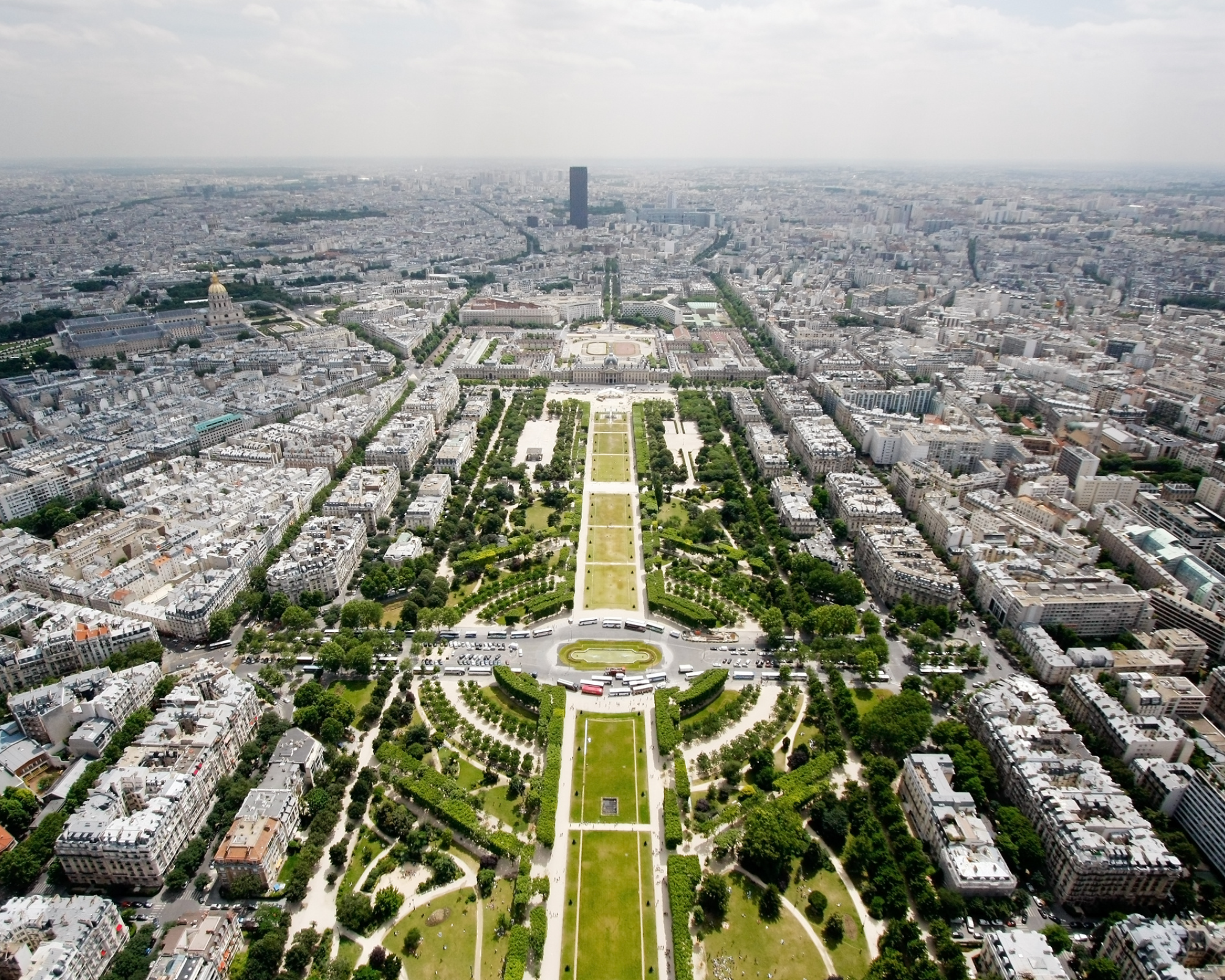
Photo Source : OanaAlexandra on canva.com
Palais du Luxembourg
The Luxembourg Palace (called Palais du Luxembourg) is located in the 6th arrondissement of Paris, France, at 15 Rue de Vaugirard. Originally designed by French architect Salomon de Brosse, it was constructed between 1615 and 1645 as the royal house of Marie de’Medici, the mother of King Louis XIII.Jean Chalgrin transformed it into a legislative building following the Revolution (1799–1805), and Alphonse de Gisors later significantly expanded and renovated it (1835–1856). Since the establishment of the Sénat conservateur during the Consulate, the palace has served as the location of the upper houses of the various French national legislatures (with the exception of the unicameral National Assembly of the Second Republic); consequently, it has been the location of the Senate of the Fifth Republic since its founding in 1958.
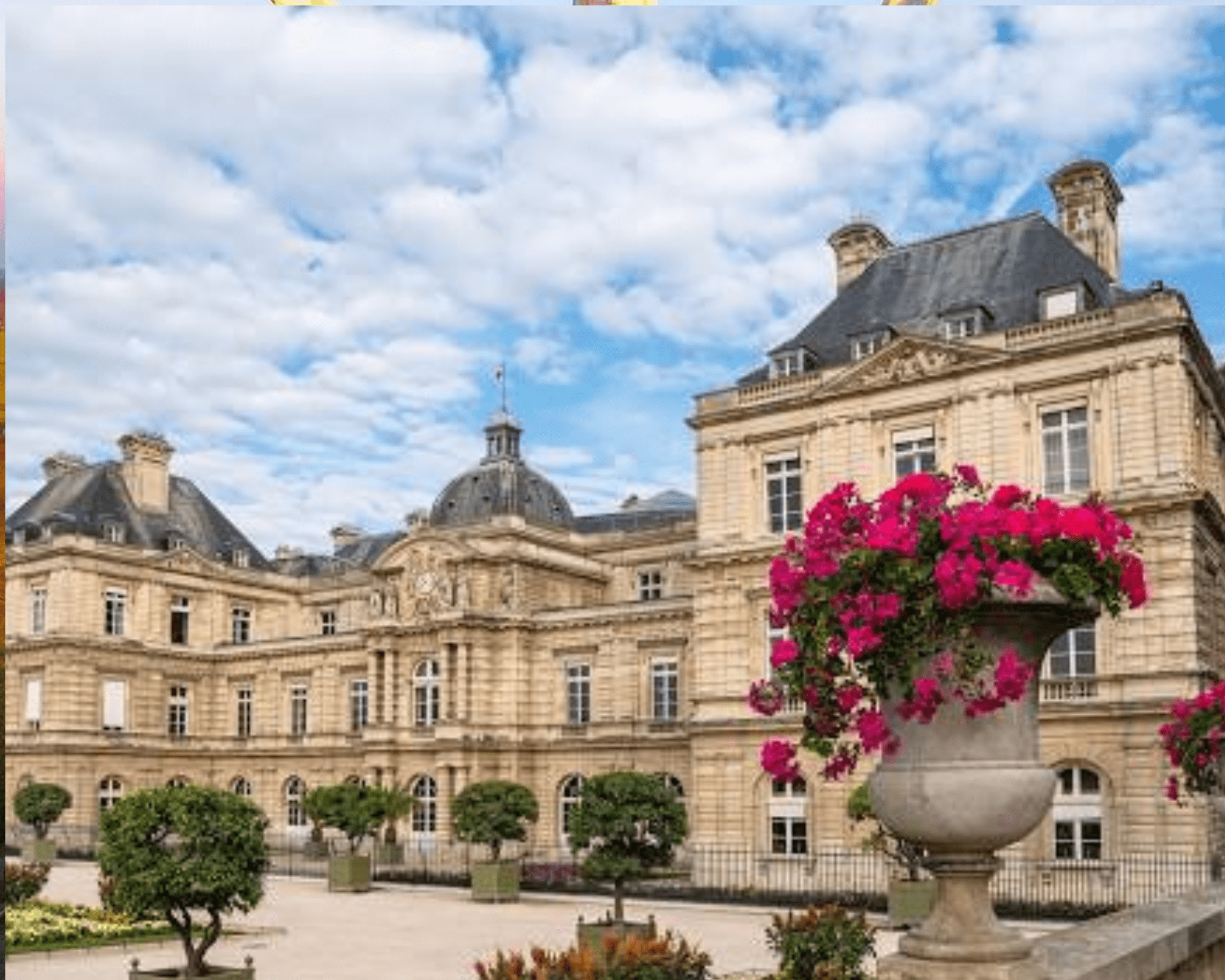
Photo Source : OanaAlexandra on canva.com
Saint-Sulpice
The Church of Saint-Sulpice (pronounced in French) is a Catholic church located in the 6th arrondissement’s Latin Quarter on the east side of Place Saint-Sulpice in Paris, France. It is the third largest church in the city, only marginally smaller than Saint-Eustache and Notre-Dame. Sulpitius the Pious is the object of its devotion. In 1646, work on the current structure, the second on the property, started. The Gnomon of Saint-Sulpice, a complex gnomon, was built in the church during the 18th century. One of the most important organs in the world, the Great Organ, is another reason for Saint-Sulpice’s fame.Built on a Romanesque church that was first built in the 13th century, the current church is the second structure on the property. Up until 1631, additions were added throughout the ages.
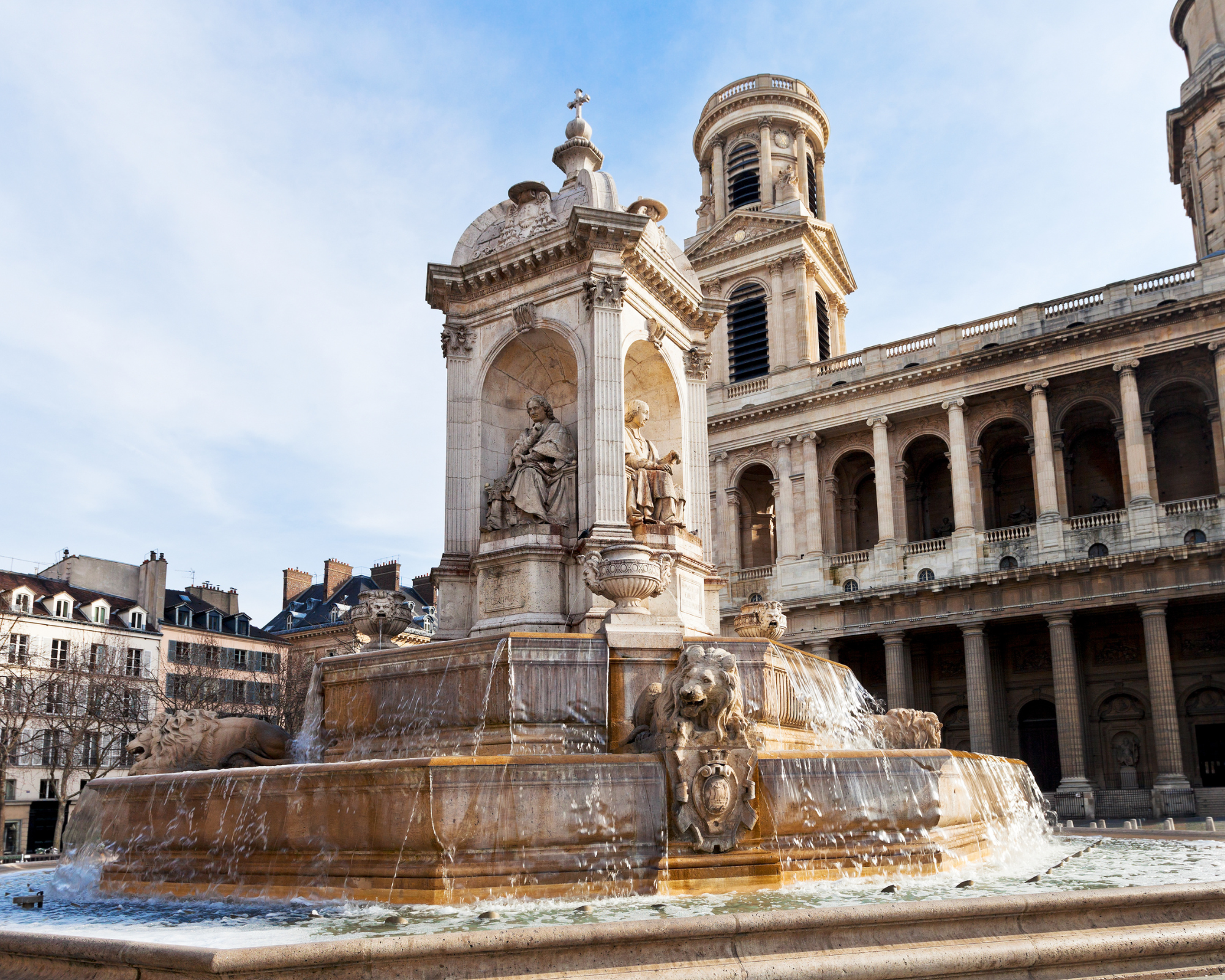
Photo Source : OanaAlexandra on Facebook
Church of La Madeleine
The Romano-Catholic church known as Biserica Madeleine is located in the middle of the eighth-arrondissement of Paris, close to the Places de la Concorde and Vendôme. This Neoclassical monument honors the biblical figure of Mary Magdalena. Construction began over the course of 85 years, primarily as a result of political unrest at the end of the 18th century and the beginning of the 19th. Over time, the building has served a variety of purposes. It was initially intended to honor Napoleon’s military forces in the Mediterranean (1806), but it was later used for other purposes (including the first Paris exhibition in 1837). The current Roman Catholic church was established as early as 1845. It is worthy of a Madeleine metropolis.
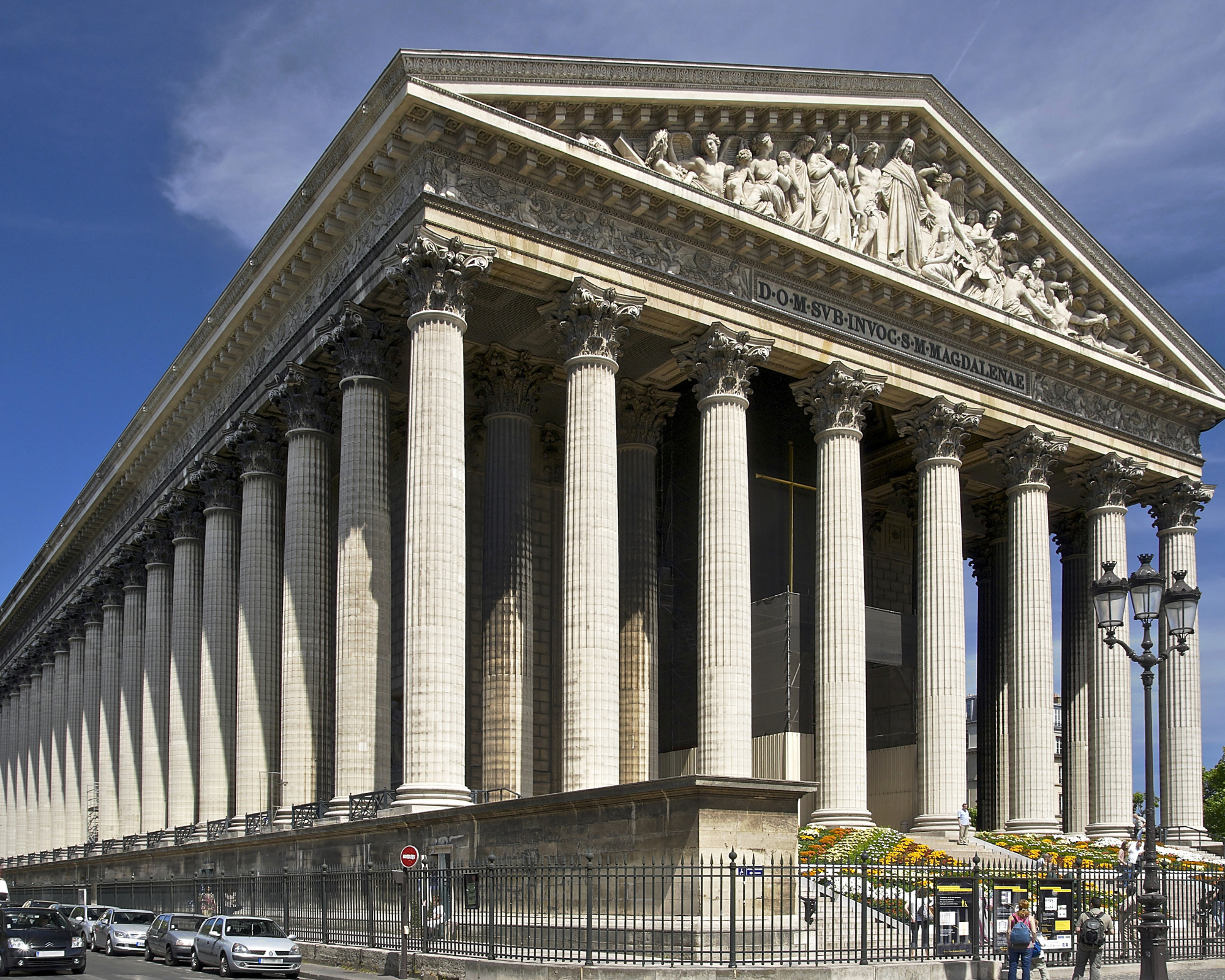
Photo Source : OanaAlexandra on Facebook
Arch of Triumph
Constructed between 1806 and 1836, the Arc de Triomphe is a monument located in the heart of Paris’s Place Charles de Gaulle. One of the city’s landmarks is this one. The Tomb of the Unknown Soldier from World War I is located beneath the arch, and the Eternal Flame, known in French as Flamme du Souvenir, is kept alive every day in remembrance of the fallen who have never been given a name. All throughout the year, there are wreath-laying ceremonies and tributes that culminate in a parade on November 11th, which marks the anniversary of the 1918 armistice between France and Germany. The only way for people to reach the Arc de Triomphe is via an underpass.
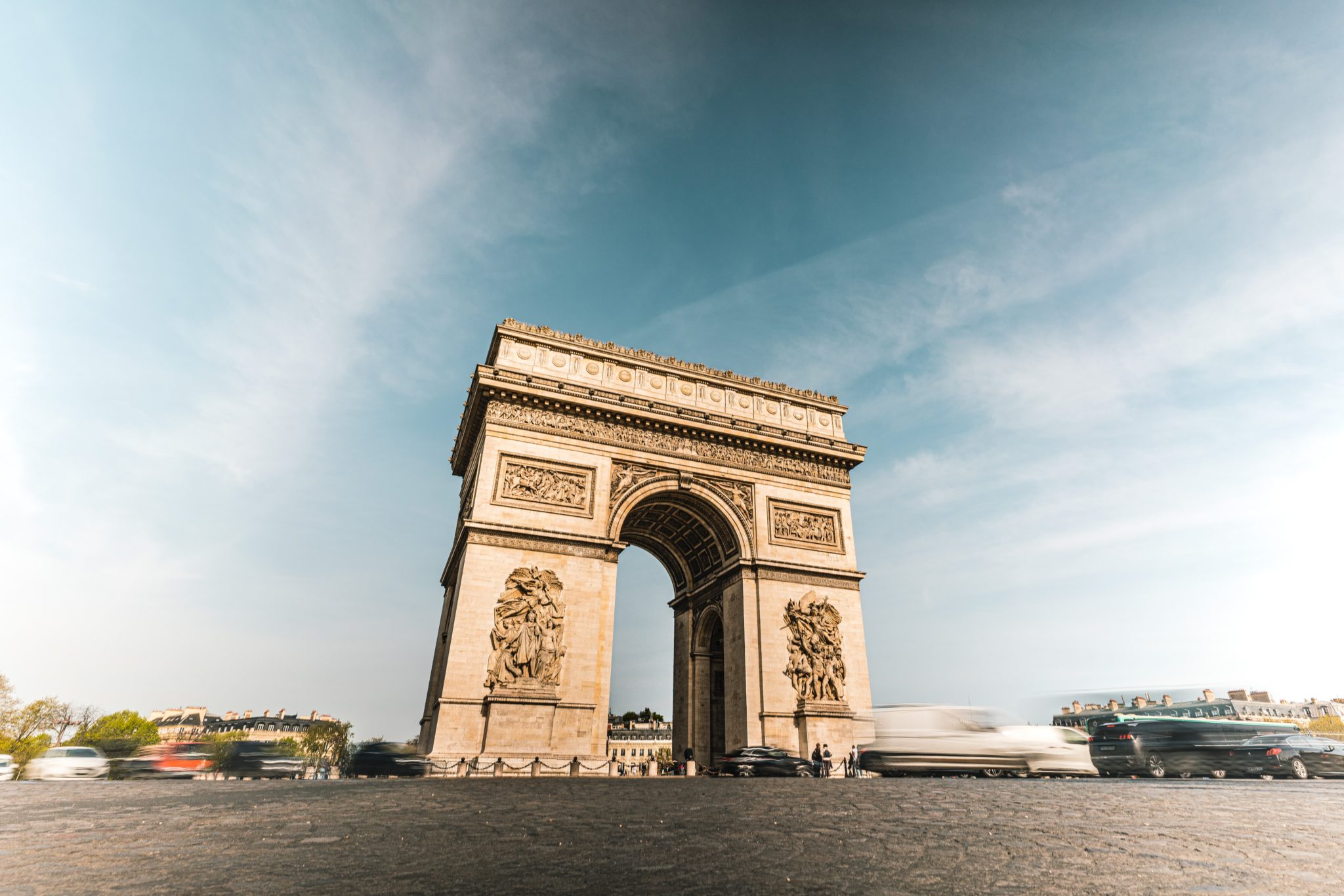
Photo Source : traveldreamdiary.com
The Cathedral of Notre Dame, the seat of the Archdiocese of Paris and a monument of early Gothic architecture in France, was part of our second land-based tour of Paris the following day. Situated in the heart of Paris, on the Île de la Cité, stands the cathedral.
Cathedral of Notre Dame
Often just called “Notre-Dame,” Notre-Dame de Paris (French: “Our Lady of Paris”) is a medieval Catholic temple built in the fourth neighborhood of Paris, France, on the Île de la Cité, an island in the Seine River. Dedicated to the Virgin Mary (Our Lady), the cathedral is regarded as one of the best specimens classic French Gothic architecture. It differs from the preceding Classical style in a number of ways, which include its creative application of the flying buttress and rib vault, its massive and bright rose windows, and the amount and realism in its sculptured embellishment. Notrethe Notre Dame is also notable for its enormous church bells and six pipe organs, one of which is ancient.
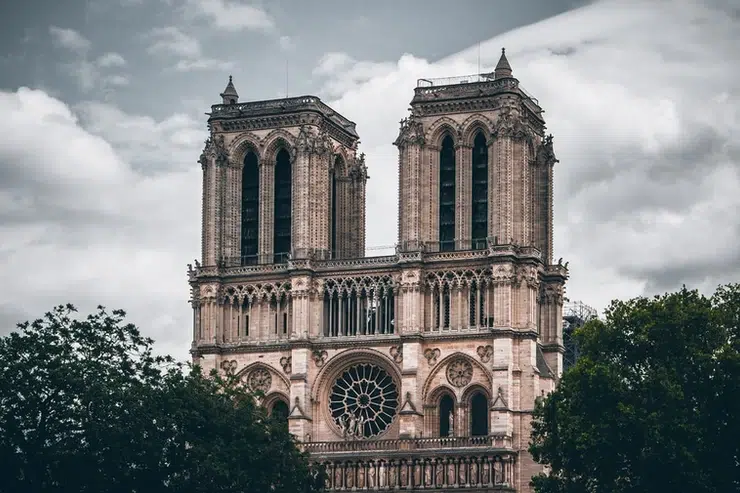
Photo Source : traveldreamdiary.com
Moulin Rouge
The Moulin Rouge cabaret is located in Paris in Place Blanche, the intersection and end of Rue Blanche, on Boulevard de Clichy.Charles Zidler and Joseph Oller, who also owned the Paris Olympia, co-founded the Moulin Rouge in 1889.In 1915, a fire destroyed the original location.With a famous red windmill on its roof, Moulin Rouge is located in the 18th arrondissement of Paris, southwest of Montmartre, on Boulevard de Clichy.Blanche is the nearest metro stop. The Moulin Rouge is most famous for being the origin of the can-can dance in its present incarnation.The can-can dance revue, which was first presented as a sensual dance by the courtesans who worked there, developed into a kind of entertainment in and of itself and paved the way for cabarets to be introduced throughout Europe.
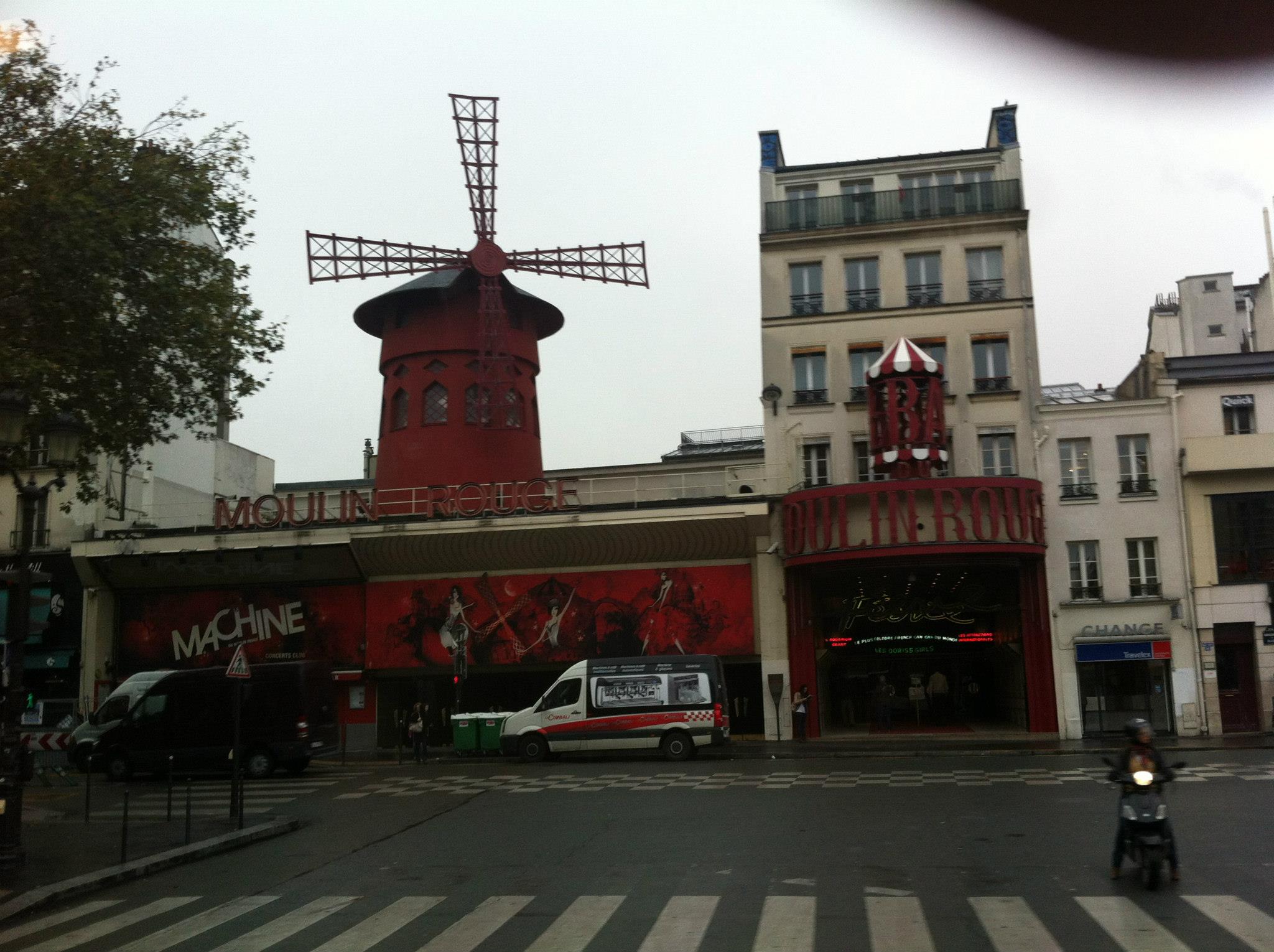
Photo Source : traveldreamdiary.com
Naturally, we made a final stop at the Montmartre neighborhood, which offered us a stunning view of Paris.We then went to the magnificent Sacred Heart Basilica, also known as Sacré Coeur Basilica. Here are the photos we took throughout the tour:
The Basilica of the Sacred Heart of Paris
A Catholic church and minor basilica in Paris devoted to the Sacred Heart of Jesus is the Basilica of Sacré Coeur de Montmartre (English: Sacred Heart of Montmartre), sometimes called Sacré-Cœur Basilica and simply Sacré-Cœur (French: Sacré-Cœur de Montmartre, pronounced [sakʁe kœʁ]). On December 8, 2022, the National Commission of Patrimony and Architecture officially recognized it as a national historic monument. The Sacré-Cœur Basilica is situated atop Montmartre’s butte. Perched two hundred meters above the Seine, the basilica’s dome provides a panoramic view of Paris and its surrounding areas. After the Eiffel Tower, it is the capital’s second most visited tourist attraction.
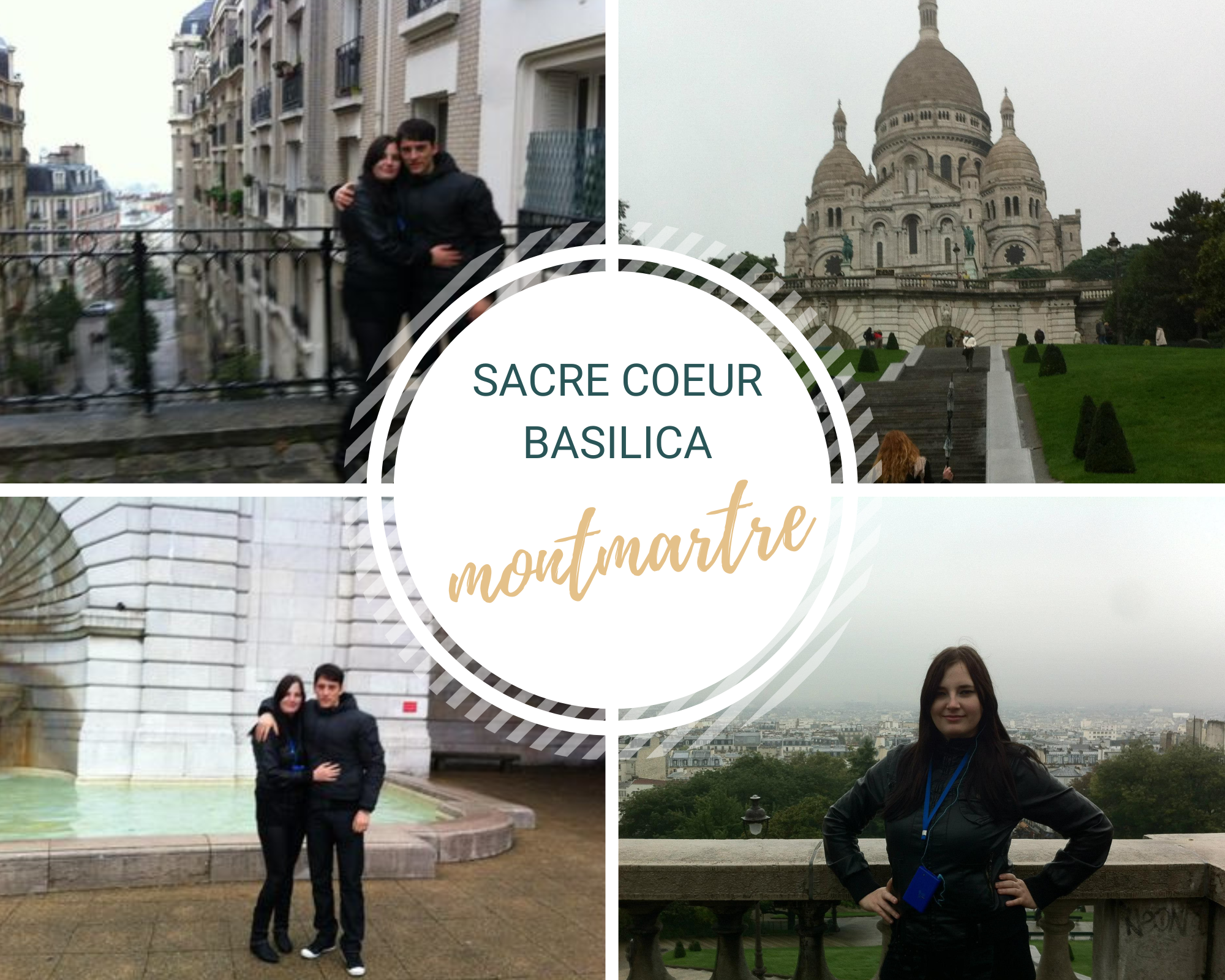
Photo Source : traveldreamdiary.com
Pictures we taked during the day in Paris:
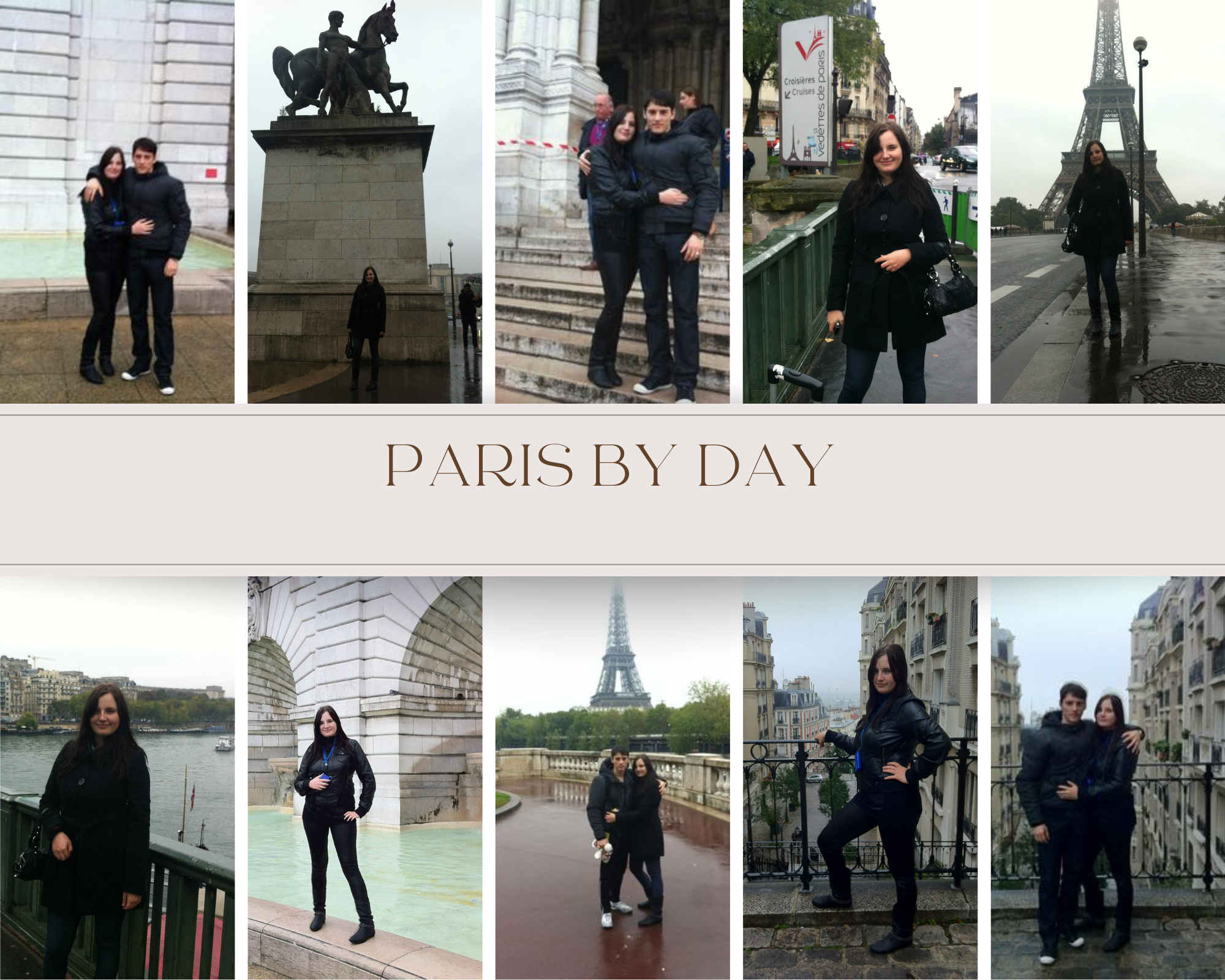
Photo Source : traveldreamdiary.com
Pictures we taked during the night in Paris:
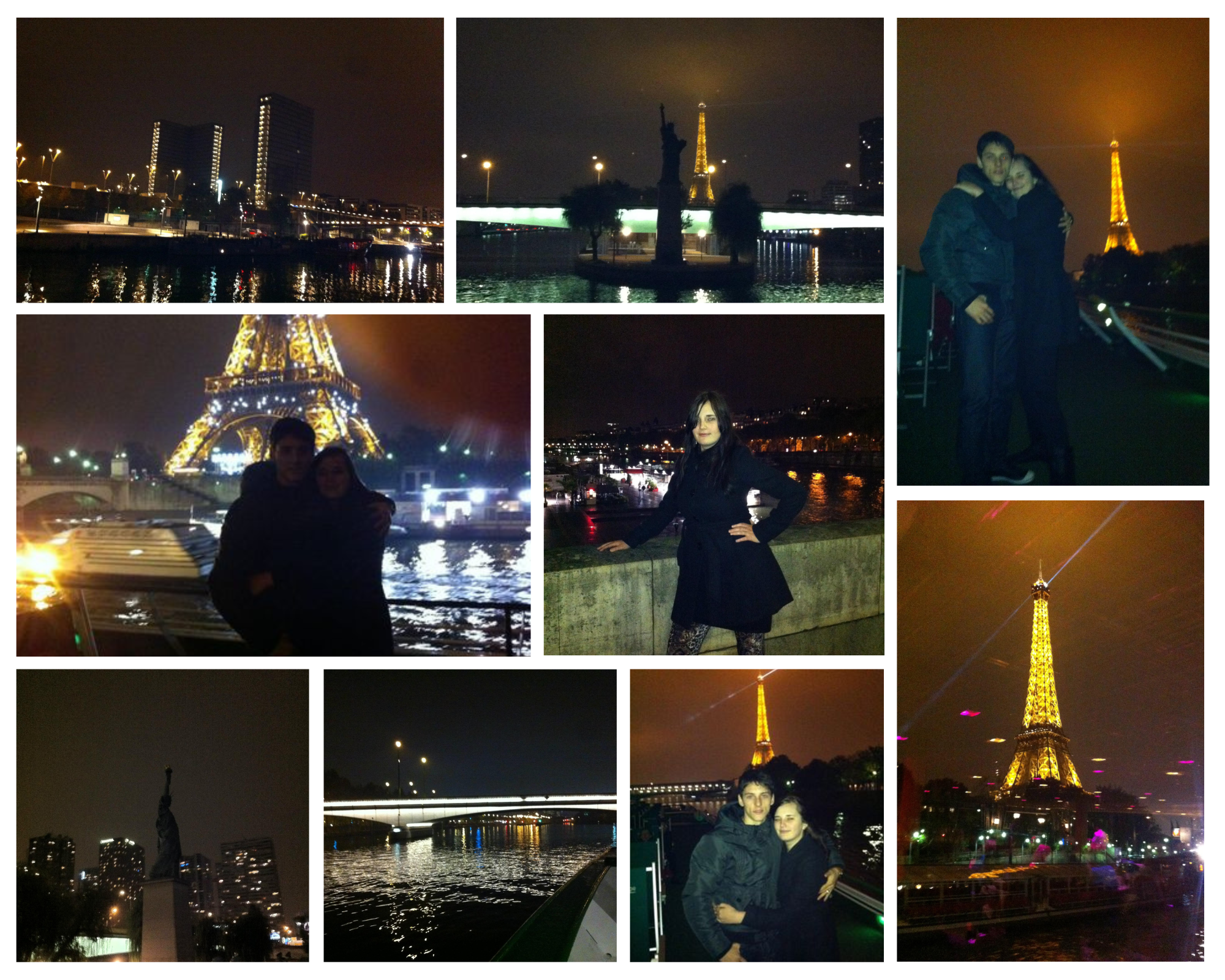
Photo Source : traveldreamdiary.com
Book your perfect vacation!
Vacations: We are happy that we have the opportunity to work with the most famous companies in the world, we always order our vacations from these companies and we have never been disappointed: Check 24, Trivago, Trafalgar, TravelUp, Insight Vacations, Explorer Fernreisen.
Where to stay
Hotels, bed & breakfasts, and guesthouses, regardless of location—in the center of town, close to a lake, or amid natural surroundings. We were able to identify the top companies providing the best hotels: Booking.com, Trip.com, TravelUp, esky, Hoteltopia, Millennium Hotels and Explorer Fernreisen.
Prior to introducing you to some of the most well-known eateries in Paris, we will explain you all there is to know about French traditional cuisine, including which dishes are must-try and desserts. French food is exceptional and distinctive since there are so many classic dishes to list that it would take up a whole other post dedicated to French cuisine. I’ll now list a few of the most well-known recipes that we have also had throughout our trips, and we believe that they taste even better when made using traditional French ingredients. Of course, you can try making these dishes at home using the ideas you find here.
Traditional Food
Which dish is most well-known in France? It’s the baguette, a simple, everyday French dish! The French are quite serious about their baguettes. Provençal vegetable stew, or ratatouille, is made using a variety of nutritious fresh vegetables and herbs that are cooked together over a stove. Ingredients include tomatoes, onions, bell peppers, courgettes, eggplants, extra virgin olive oil, garlic, bay leaf, and thyme. French onion soup is a classic French soup made with beef stock and onions that is typically topped with melted cheese and croutons.
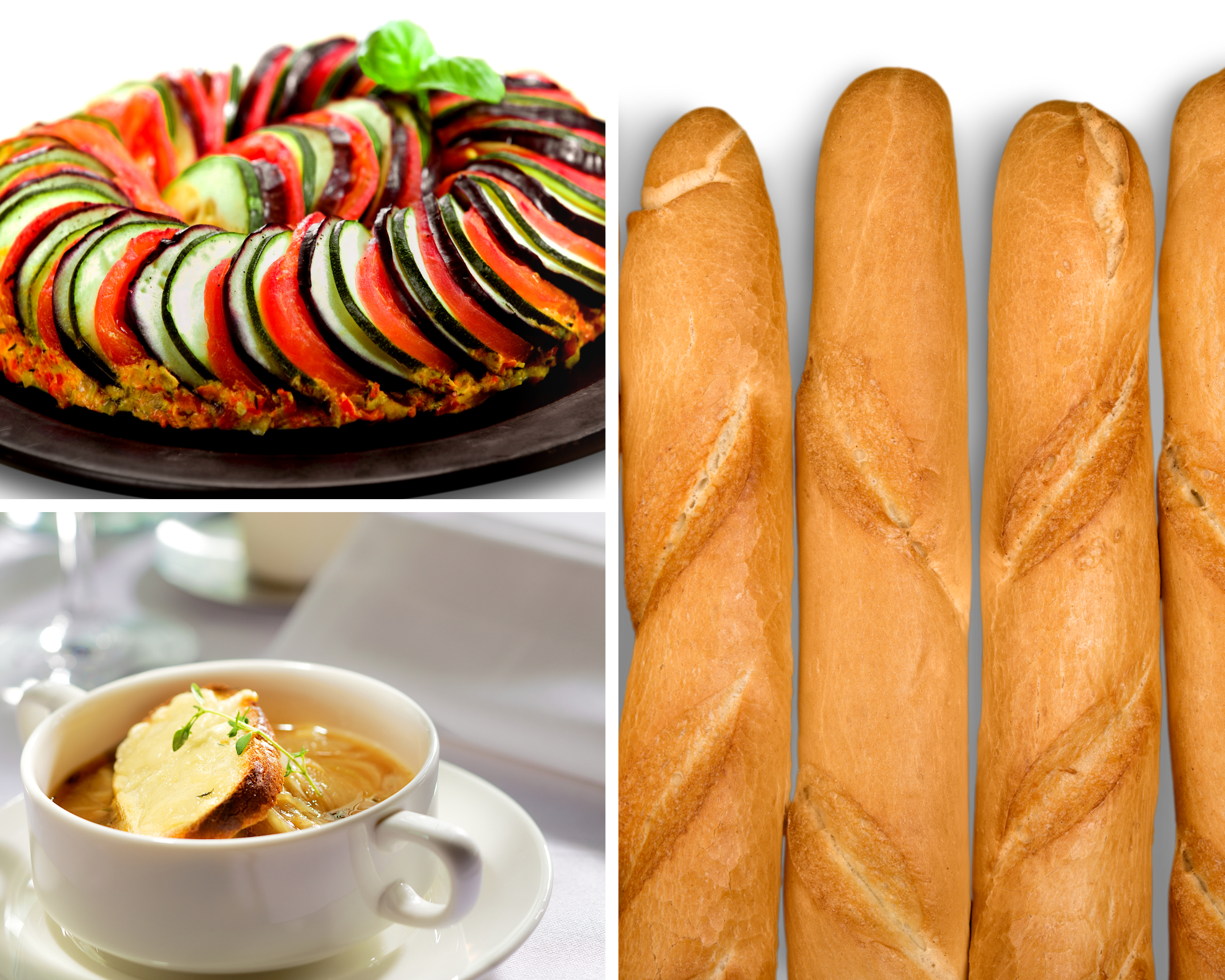
Photo Source : traveldreamdiary.com
Which dish is most well-known in France? It’s the baguette, a simple, everyday French dish! The French are quite serious about their baguettes. Provençal vegetable stew, or ratatouille, is made using a variety of nutritious fresh vegetables and herbs that are cooked together over a stove. Ingredients include tomatoes, onions, bell peppers, courgettes, eggplants, extra virgin olive oil, garlic, bay leaf, and thyme. French onion soup is a classic French soup made with beef stock and onions that is typically topped with melted cheese and croutons.

Photo Source : traveldreamdiary.com
A savory pastry called quiche Lorraine bears the name of the Lorraine area. Camembert de Normandie: Normandy-Provincial CheeseThe dish “Coq Au Vin” means “rooster and wine.” This classic French stew is made with red wine, white onions, chicken or pig blood, and meat from hens or roosters. Escargot is a French dish that is served with vegetables, cooked land snails, and a variety of sauces.

Photo Source : traveldreamdiary.com
France desserts you should try – Mousse au Chocolat, Crème de Marrons (Sweetened Chestnut Purée), Crêpes, Profiteroles, Eclairs, Macarons and Croissants.
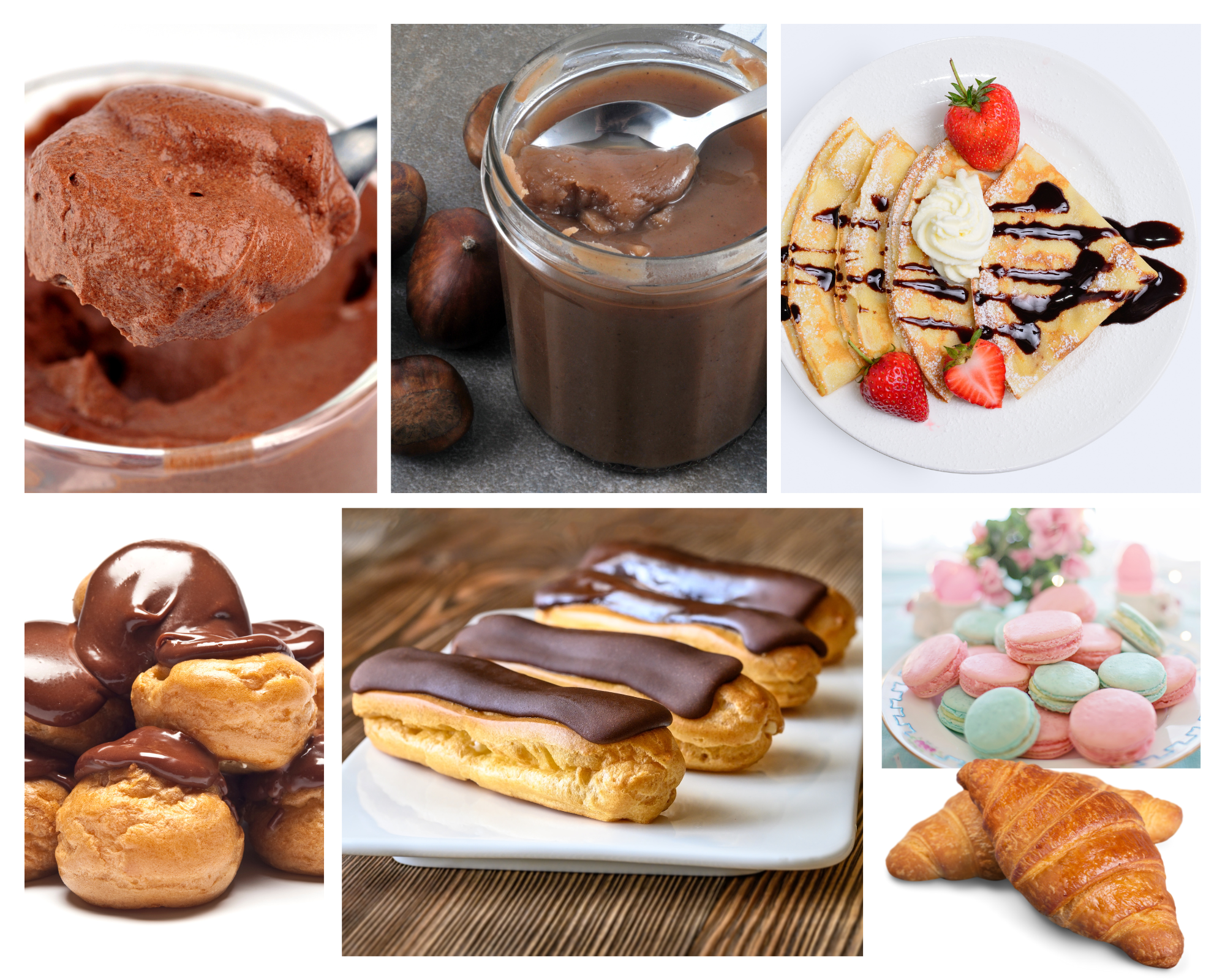
Photo Source : traveldreamdiary.com
Where to Eat
Le Fouquet’s Le Fouquet’s, a famed establishment in Paris that has been open since 1899, is well-known for having hosted the César Awards post-dinner parties for the past 40 years. Just off the Champs-Élysées in Paris, France, Restaurant Lasserre wins top honors for its Michelin-starred haute food, oversized chandeliers, and gold accents.
Eating a nutritious, organic, and peaceful lunch “Perched on a Tree” is known as “Sur un arbre perché.” And after a delectable meal, the restaurant offers shiatsu treatments for a genuinely soothing experience! This restaurant in Paris, appropriately called “In the Dark,” provides a dining experience in total darkness!
Le Kube, a pub and restaurant, offers a distinctive and bizarre ambiance. This restaurant is distinctive because of its lit ice bar, which has igloo counters and 20 tons of ice.Constructed within an authentic Orient Express carriage, Le Wagon Bleu (The Blue Wagon) transports you to a bygone era and immerses you in a fictitious voyage across a region steeped in history.
The final bar before the end of the world is called Le Dernier Bar Avant la Fin du Monde. You can meet other fans by being yourself or by dressing up as your favorite character, such as Iron Man, Batman, or the Jedi! Le Jules Verne restaurant. It is situated 124 meters up in the Eiffel Tower. Here, you may enjoy fine dining, city views, and French cuisine in addition to a cultural program.
Saving Tips
1. When the school year begins, you can sign up for the monthly or annual pass at the offices of the transit providers that are frequently located on campus. 2. When registering for public transportation, students and/or those under 26 are eligible for discounted rates. When subscribing, you typically need to present your identity card or student card to receive these fares. The Imagine’R card allows unlimited travel throughout Île-de-France for less than 350 euros per year, however it is only available to students who reside in the region. The jeune ticket allows you to move freely inside a restricted zone for just 4 euros. It is designated for people under 26 and good for 24 hours on Saturdays, Sundays, or bank holidays.

Photo Source : OanaAlexandra on canva.com
3. Look for eateries that have a “Menu du jour” (menu of the day) if you want to enjoy a wonderful meal there without going over budget. It normally costs between 10 and 15 euros and comes with two to three courses and sometimes a drink. 4. Tickets purchased at the last minute are typically extremely costly and can increase in price by up to five times. Three months in advance is the maximum time to reserve a train ticket. Since round-trip tickets are not less expensive, you can purchase a one-way ticket at the time of ticket availability and the return ticket at a later time.
5. A number of monuments and institutions throughout the city of light provide free admission on the first Sunday of each month. Particularly for Parisian favorites like the Louvre, these days may get fairly busy, so make sure to arrive at least 30 minutes before the opening time, or risk a three-hour wait. 6. The Paris Museum Pass is the most economical option to see everything because admission costs may add up quickly. You can visit more than 50 museums and sites in the city and its environs with the 2-, 4-, and 6-day Paris Museum Pass.
7. Never pay for WiFi if you’re trying to save money in Paris! Instead, free WiFi is available at many eateries, cafés, bars, and retail malls across the city. 8. If you want a drink but don’t like paying a lot, go out for happy hour and get some beers, cocktails, or even non-alcoholic drinks.
If you have some extra cash, you can even attempt Big Bus or Hop-on, Hop-off tours. You just need to select the ideal alternative from the many that we are offering!
Book your tours!
Tours: If you do not go by car and need to know more information about the tours, and things to see, we recommend these companies that are offering tours for any kind of activity you want to do and where you can buy trips much cheaper than if you buy them when you arrive at your destination. It is always good to be able to save some money!
Viator, Get Your Guide, Tiqets, City Sightseeing, Sesame, Sightseeing Pass, Contiki, Riviera Travel, CityPass: the best activities in town!
Shopping
The six days of the traditional French shopping week are Monday through Saturday. Stores are typically open from 9 a.m. to noon and from 2 p.m. to 7 p.m. It is still customary in cities and villages for stores to close at noon. The majority of large establishments, including department stores, now operate what is known as “la journée continue” in metropolitan shopping centers, meaning they do not close at noon. The Boulevard Saint-Germain, Rue Du Commerce, Les Halles, Le Marais, Triangle D’or, Rue De Rivoli, Saint-Ouen Flea Market, and Boulevard Haussmann are a few of the most well-known retail areas in Paris.

Photo Source : OanaAlexandra on canva.com
Have you ever wondered what to buy as mementos from your trip to France? We will now tell you what the tourists are purchasing from France in the hopes that it will inspire you as well: macarons, dijon mustard, fois gras, cheese and chocolate, wine, bags, magnets, jewelry, chlotes, perfume, and watches.
Getting Around
By train: trains are often quite reliable, fairly cheap, and frequently just as rapid as cars. Trams and buses are the main modes of public transportation in the majority of French cities. In the town center, the networks are typically straightforward to navigate and dense.
The Paris Metro is one of the largest in the world, with 14 lines. On weekdays, it opens at 1 a.m. and on Fridays and Saturdays, till 2 a.m. Then a night bus network assumes control. The five French cities with metro lines outside of Paris are Marseille, Lille, Lyon, Rennes, and Toulouse. Put your ticket in the slot and proceed through the gate to the left of the green arrow to pass through the ticket gates. Additionally, remember to remove your ticket after using it; you have to keep it with you until you leave the network.
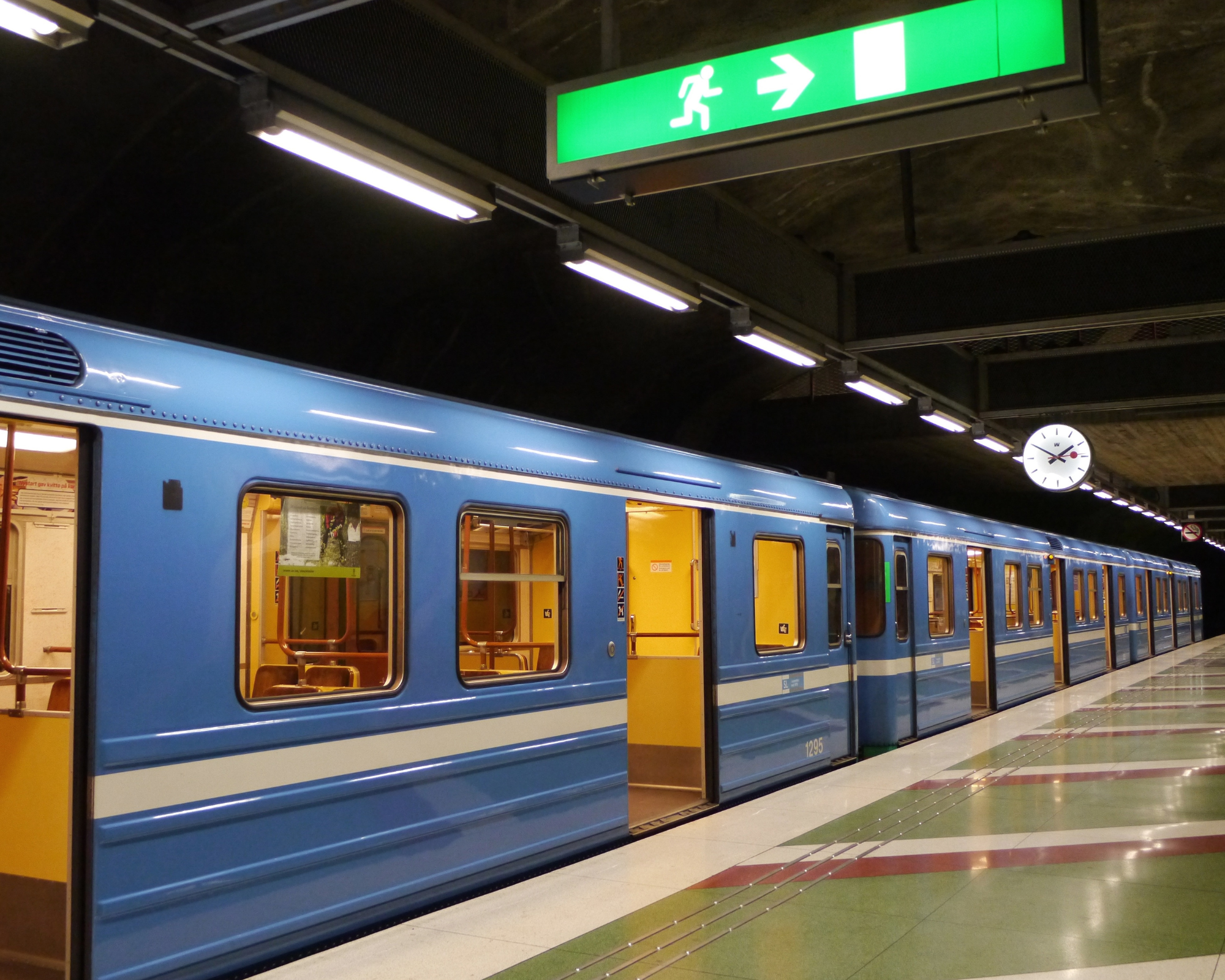
Photo Source : OanaAlexandra on canva.com
Hiring a car—even for a few days—may be the most sensible choice if you want to travel outside of the bigger cities because French buses are rarely as dependable or regular as trains.
Book your transport!
Rent a car!
Here you can find the best offers to rent the right car for you, as well as parking right in the airport: esky, Explorer, Centauro and intui.travel.
Getting Here
With a vast network of airports around the nation, France boasts one of the most advanced air travel infrastructures in all of Europe. There are 34 airports in France, with Orly and Charles de Gaulle in Paris having the most traffic. Nonetheless, you want to think about using any of the smaller airports, such as Nice or Toulouse, if you’re organizing a ski vacation or a trip to some of the nation’s lesser-known locations.
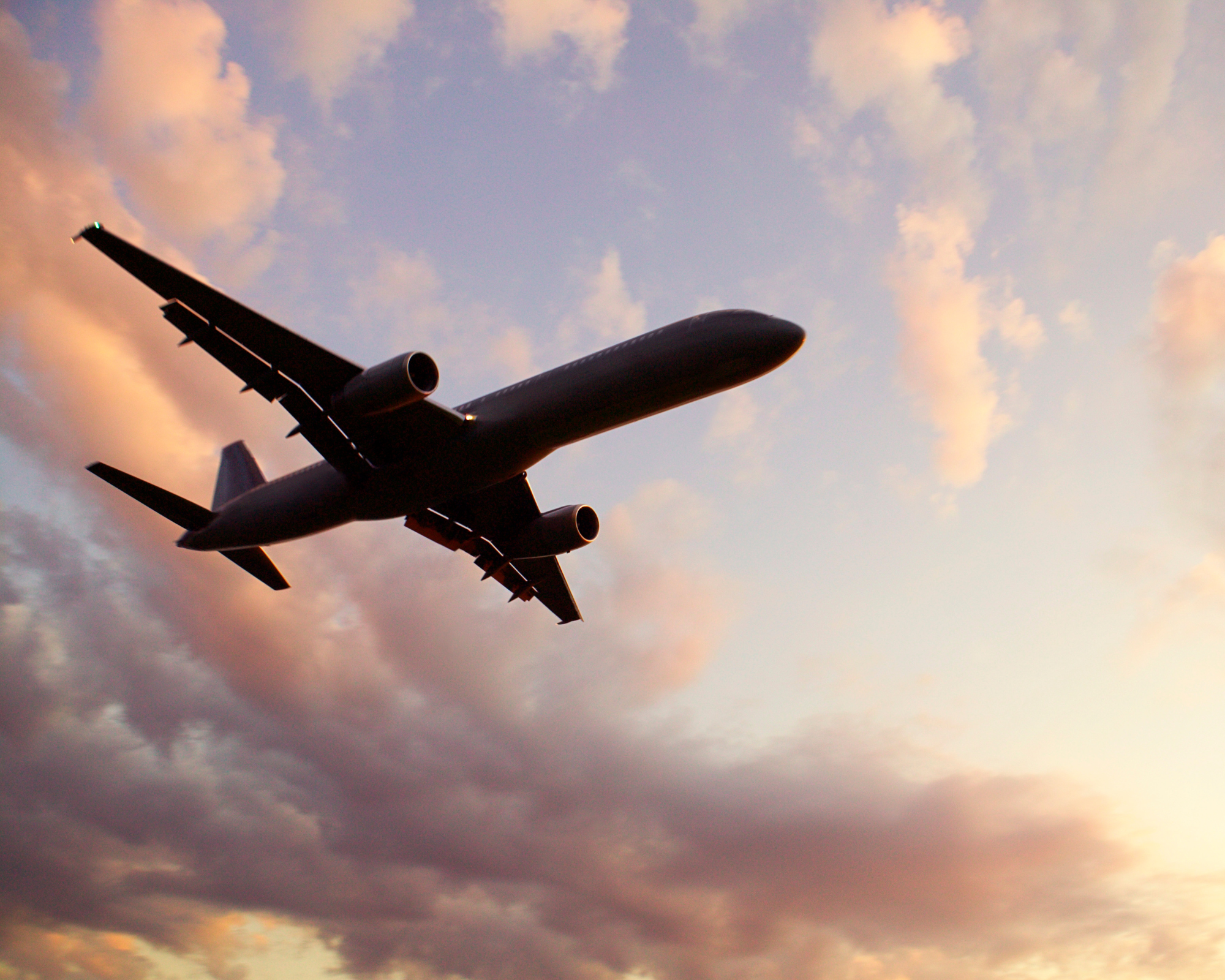
Photo Source : OanaAlexandra on canva.com
Book tour Flights!
If you have not found your desired flight, or you simply want more flight options to find the best and cheapest, we will help you with the best flight plans, where you will definitely find what you are looking for. With just one click you will find the cheapest flights to a wonderful destination!


